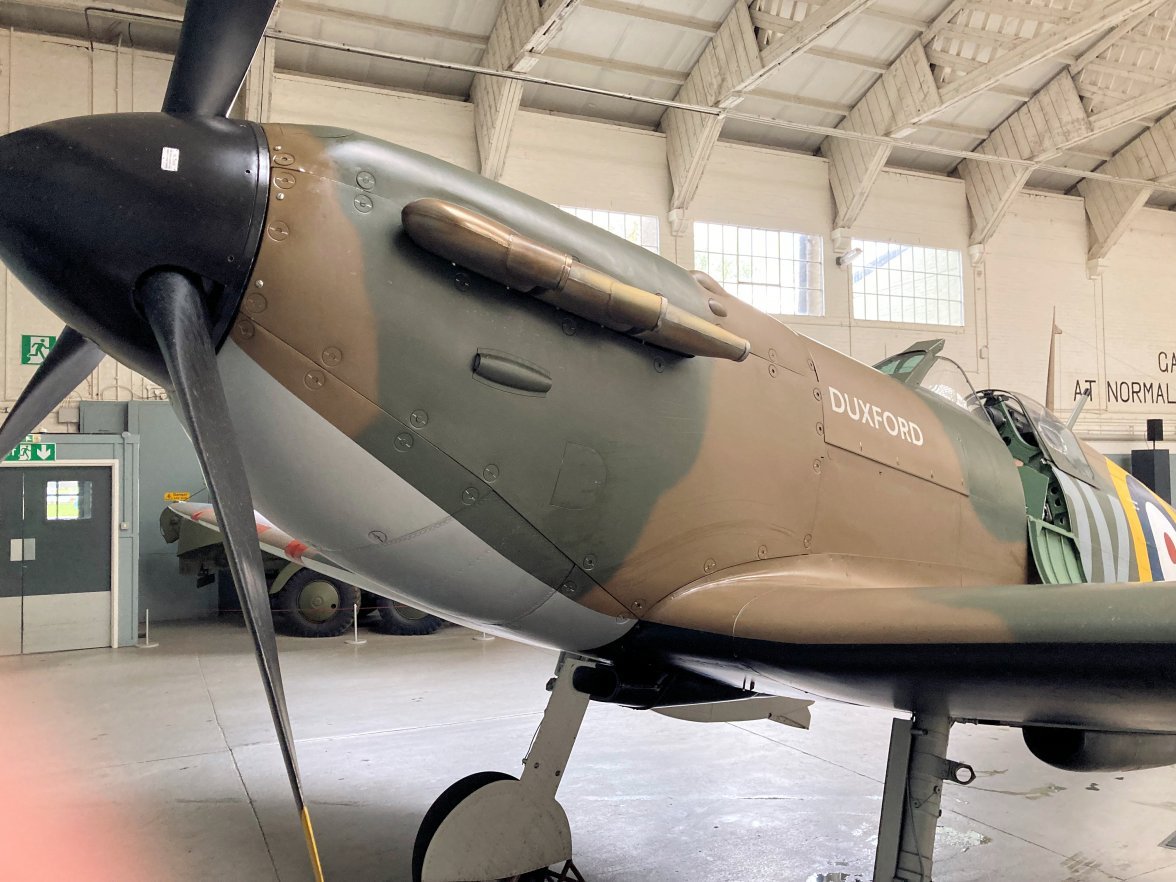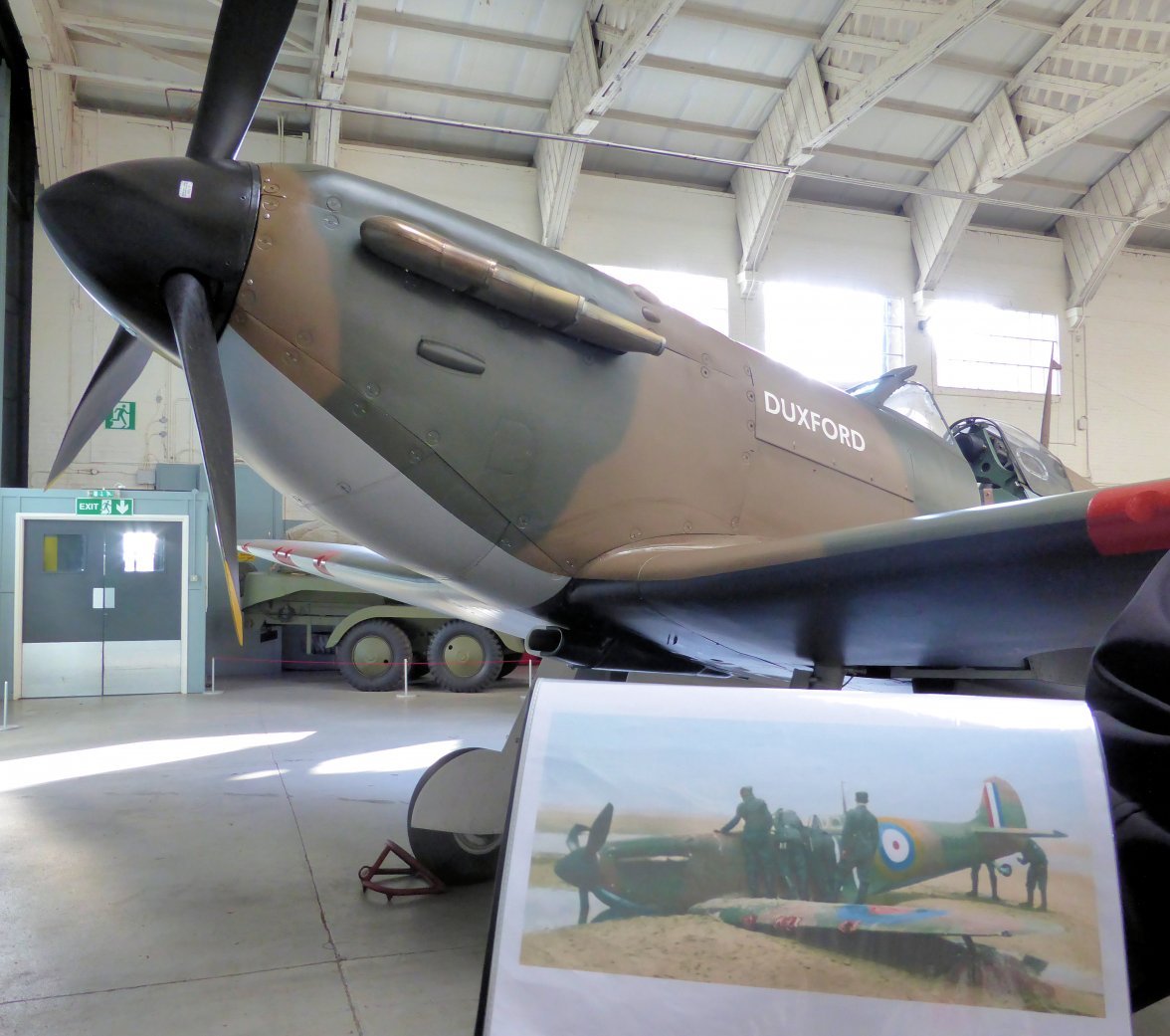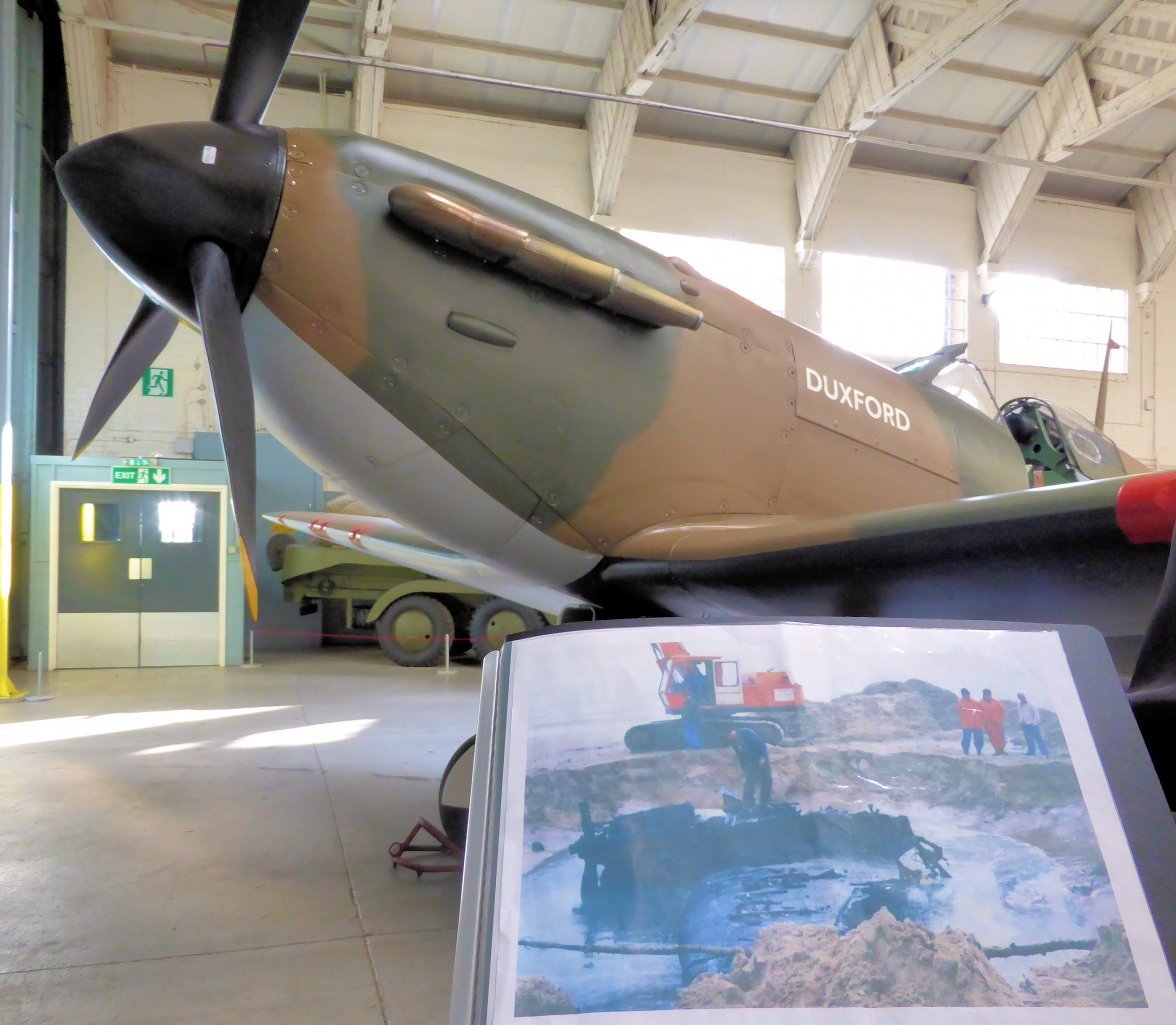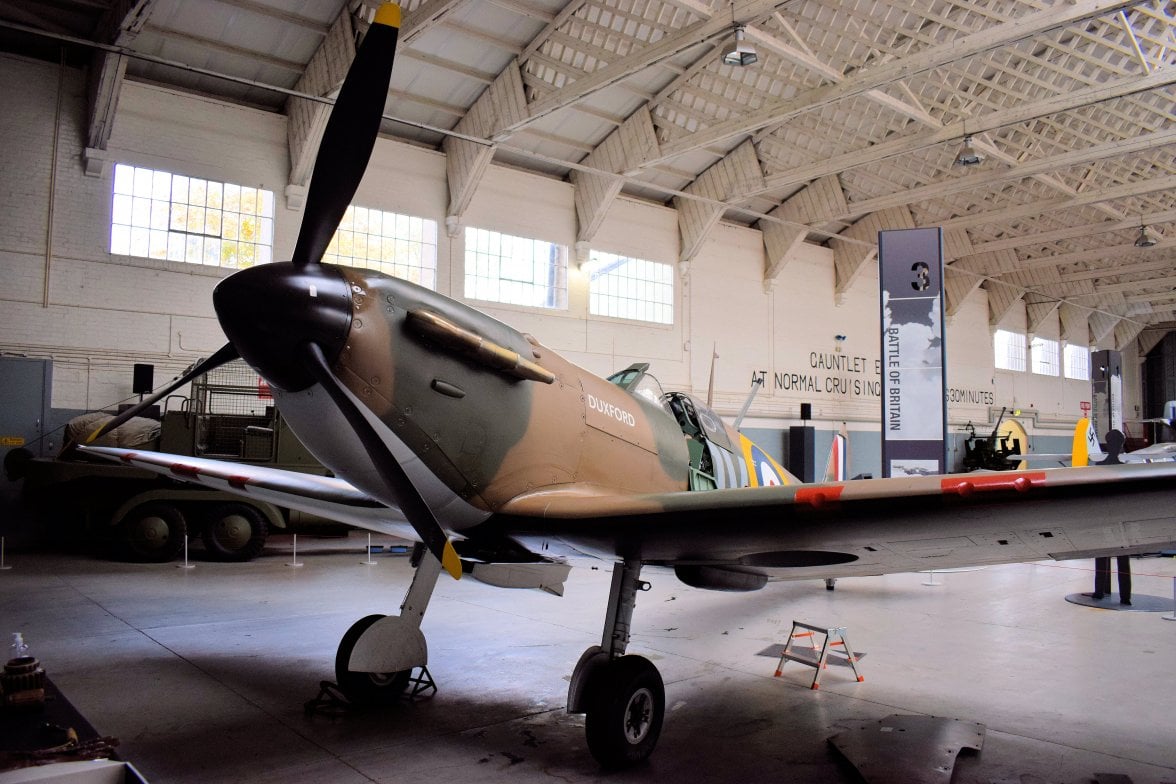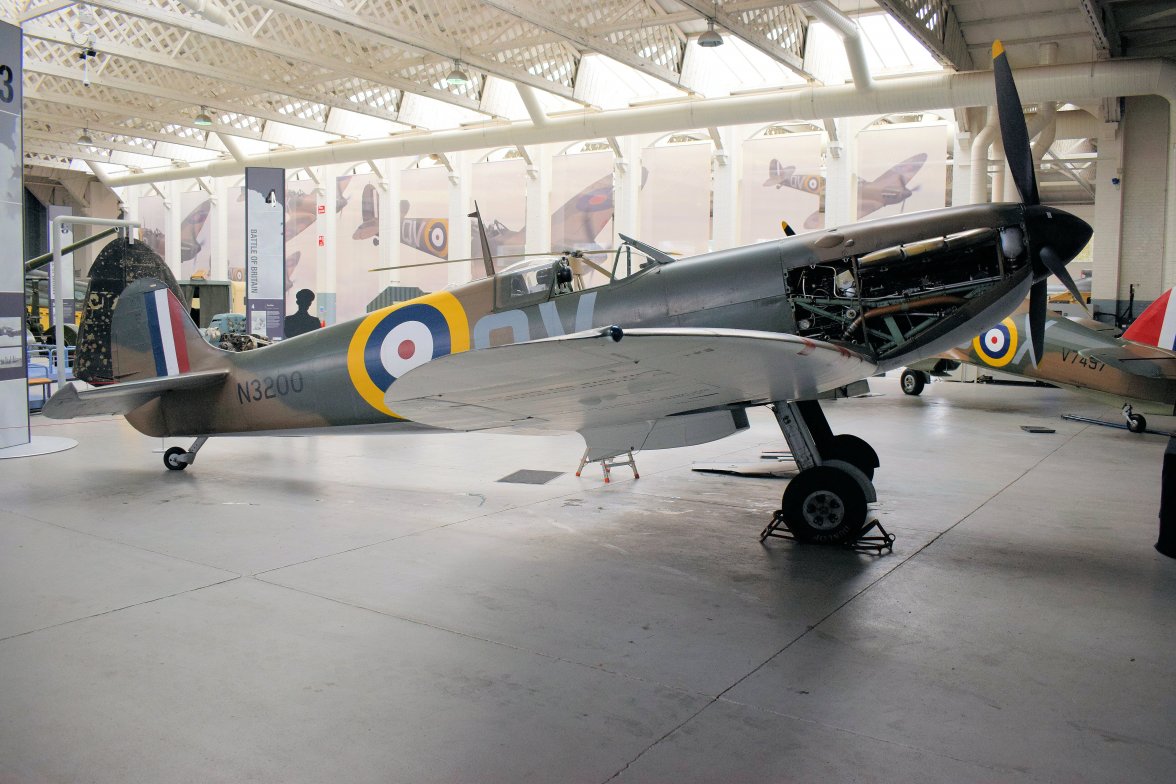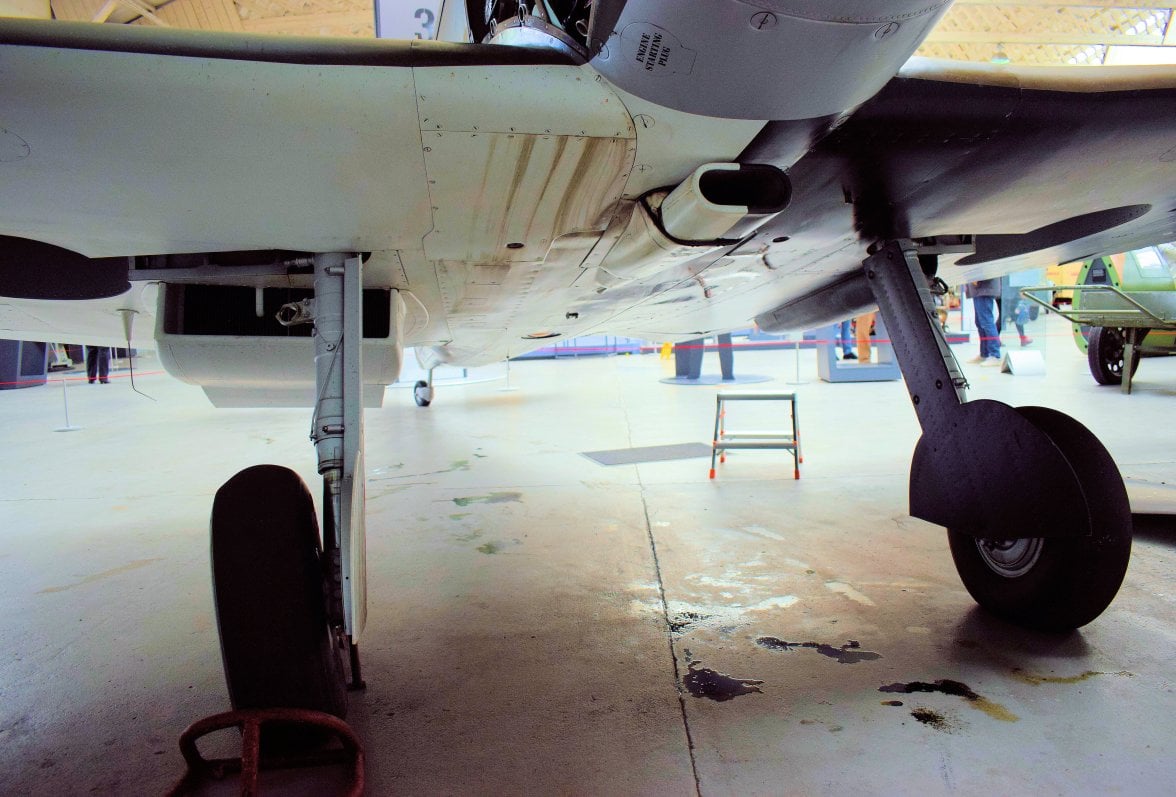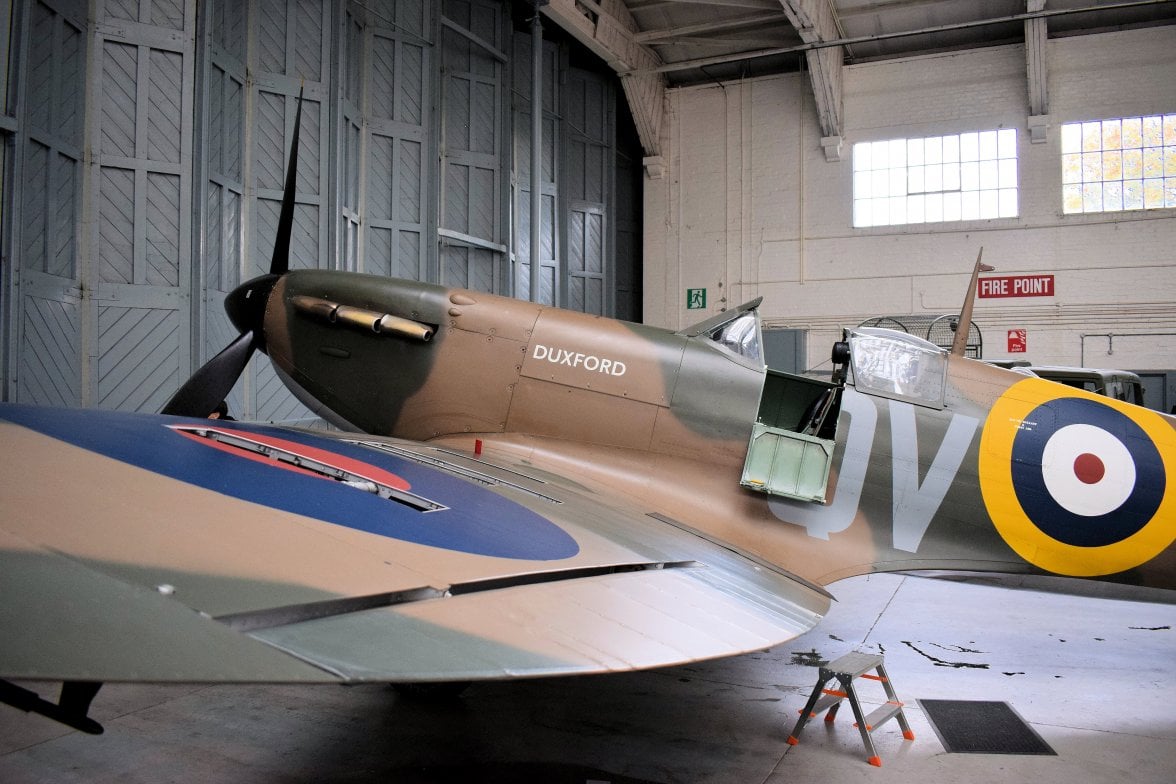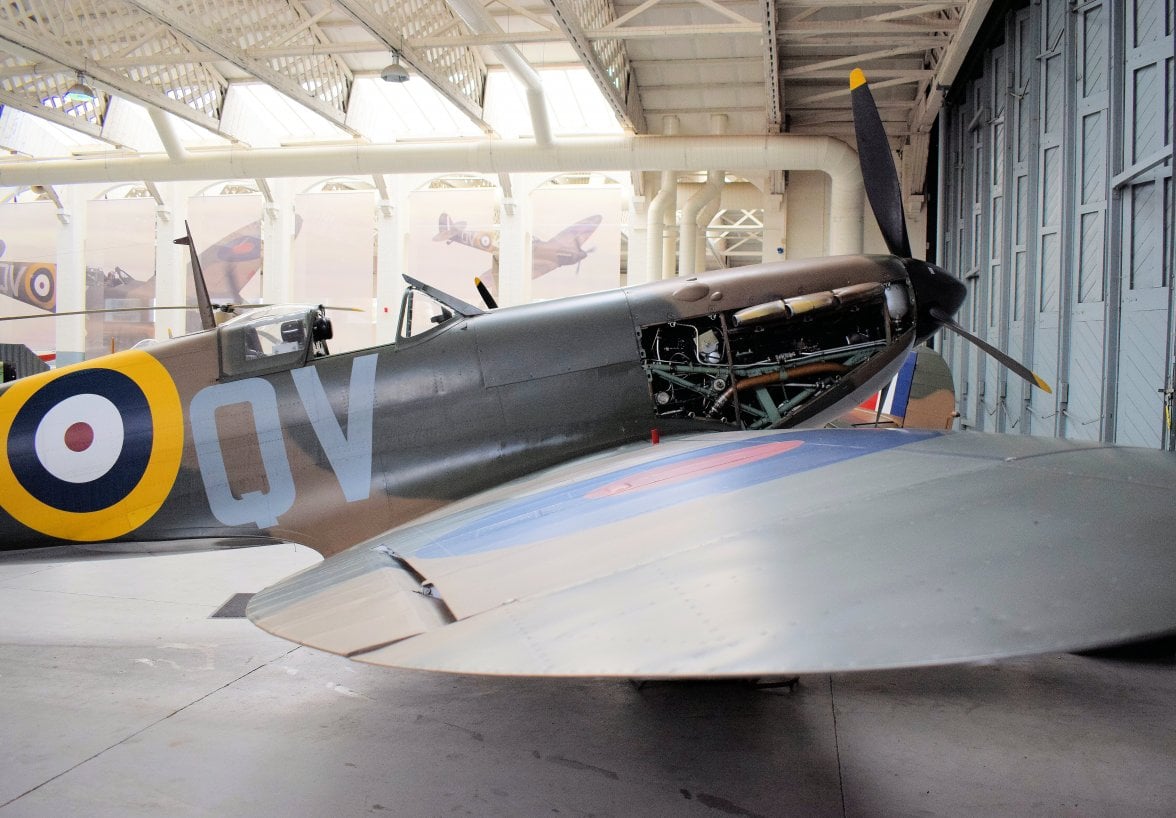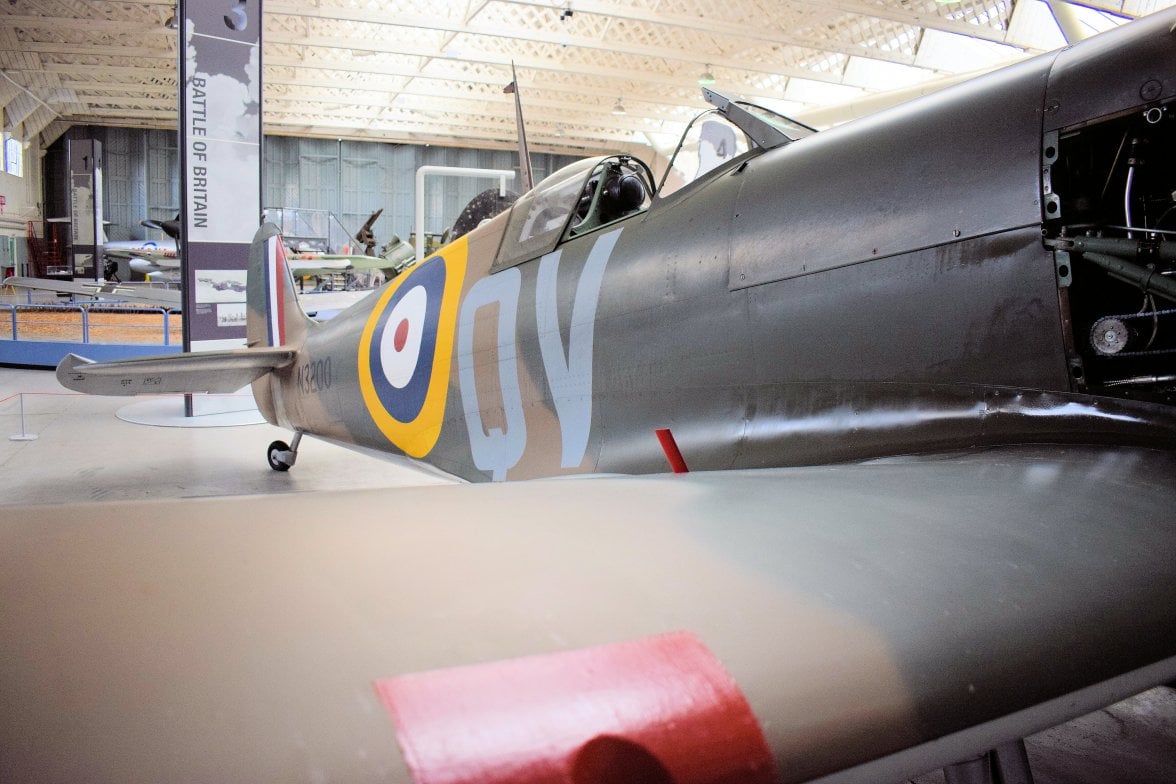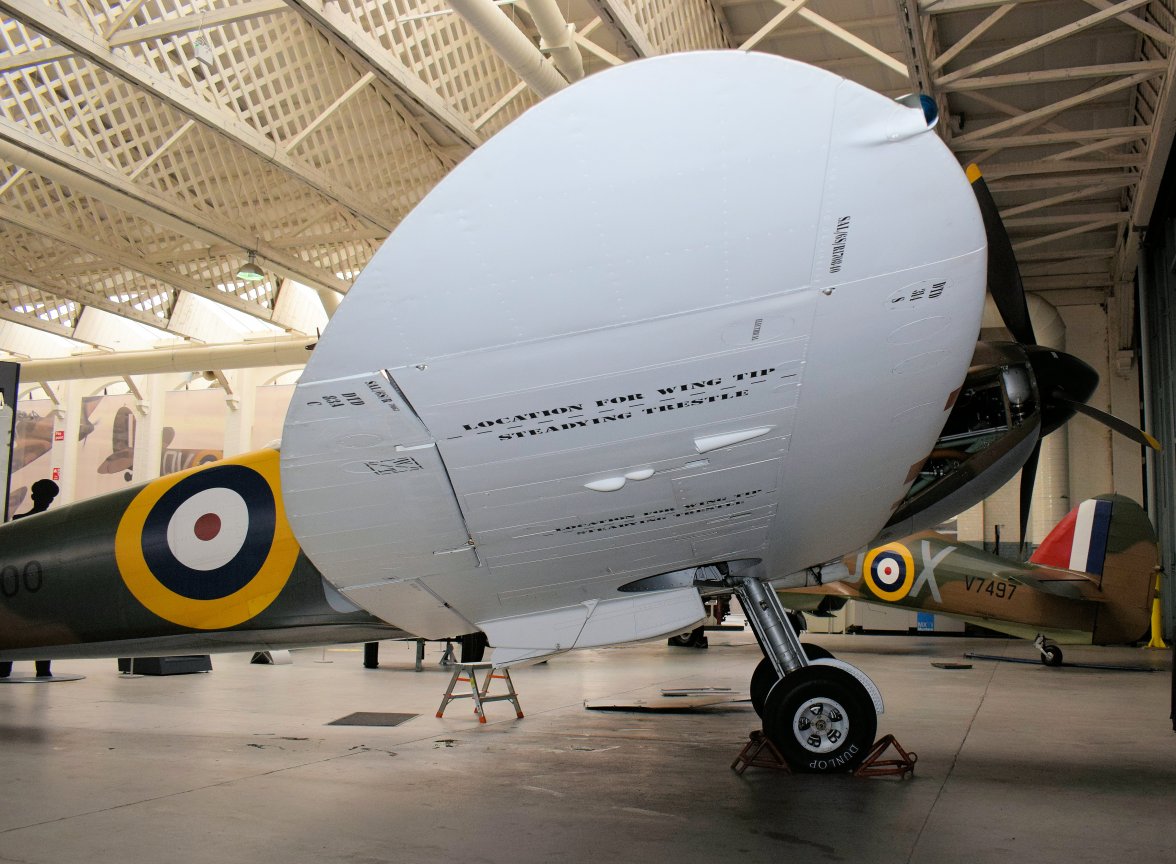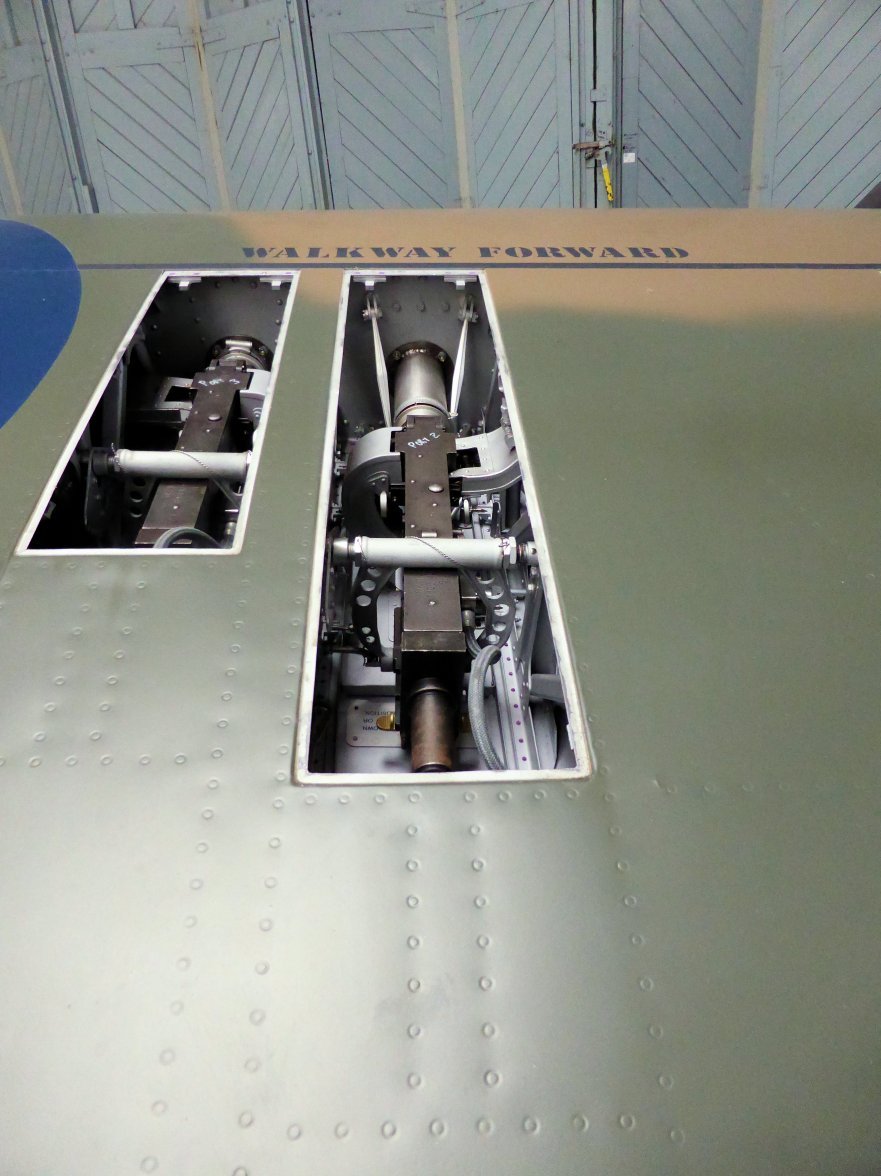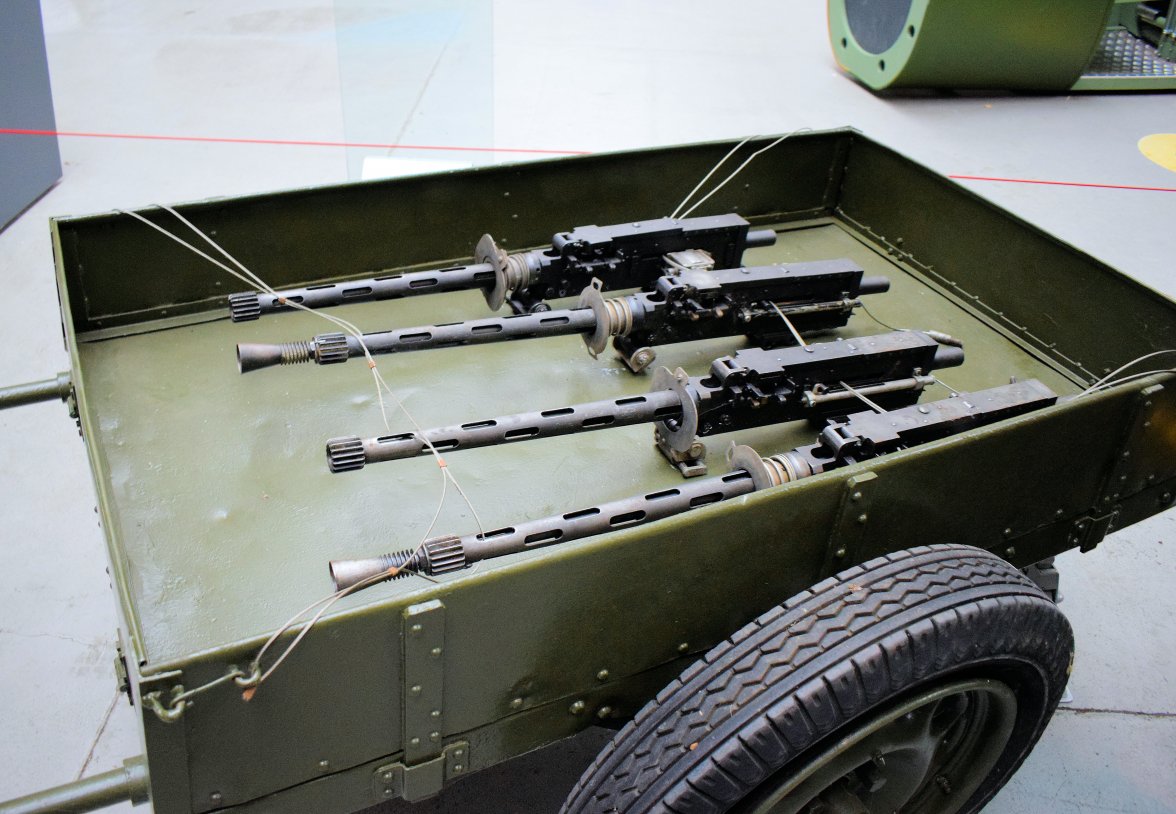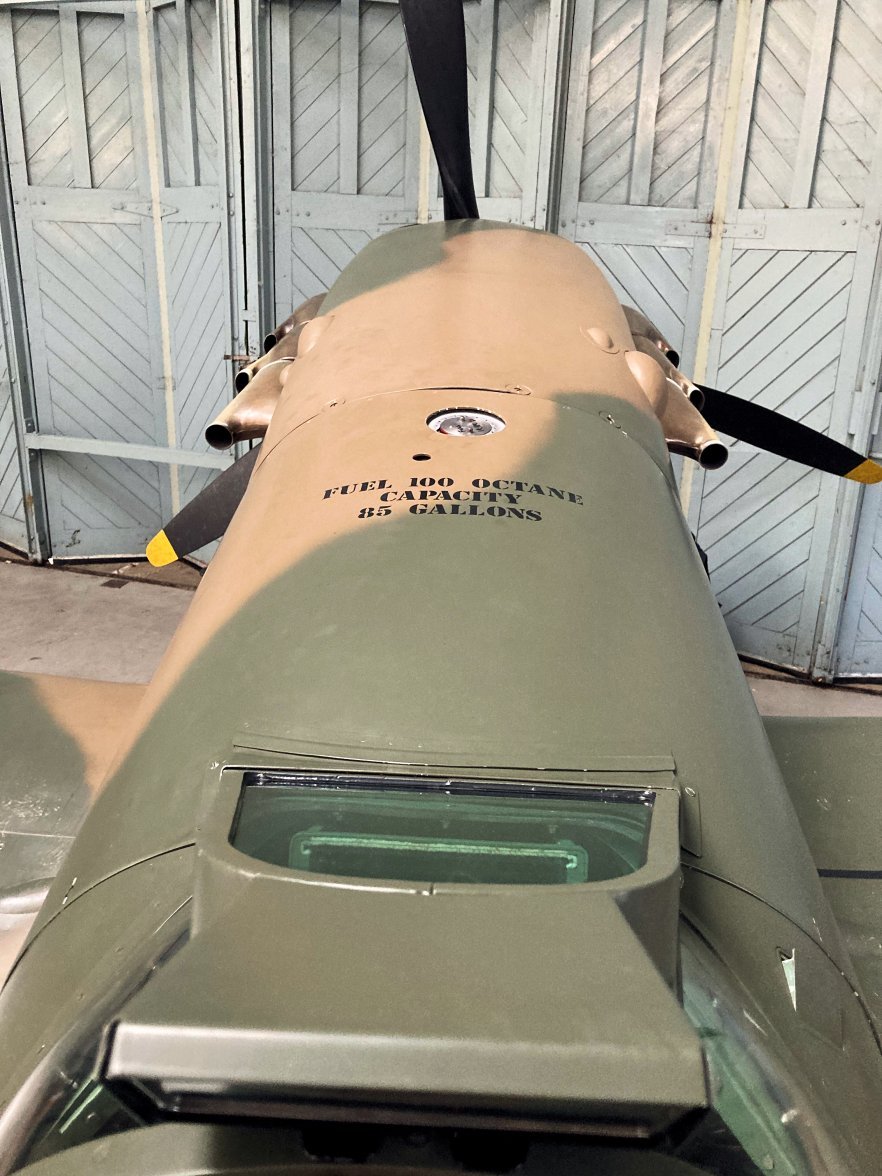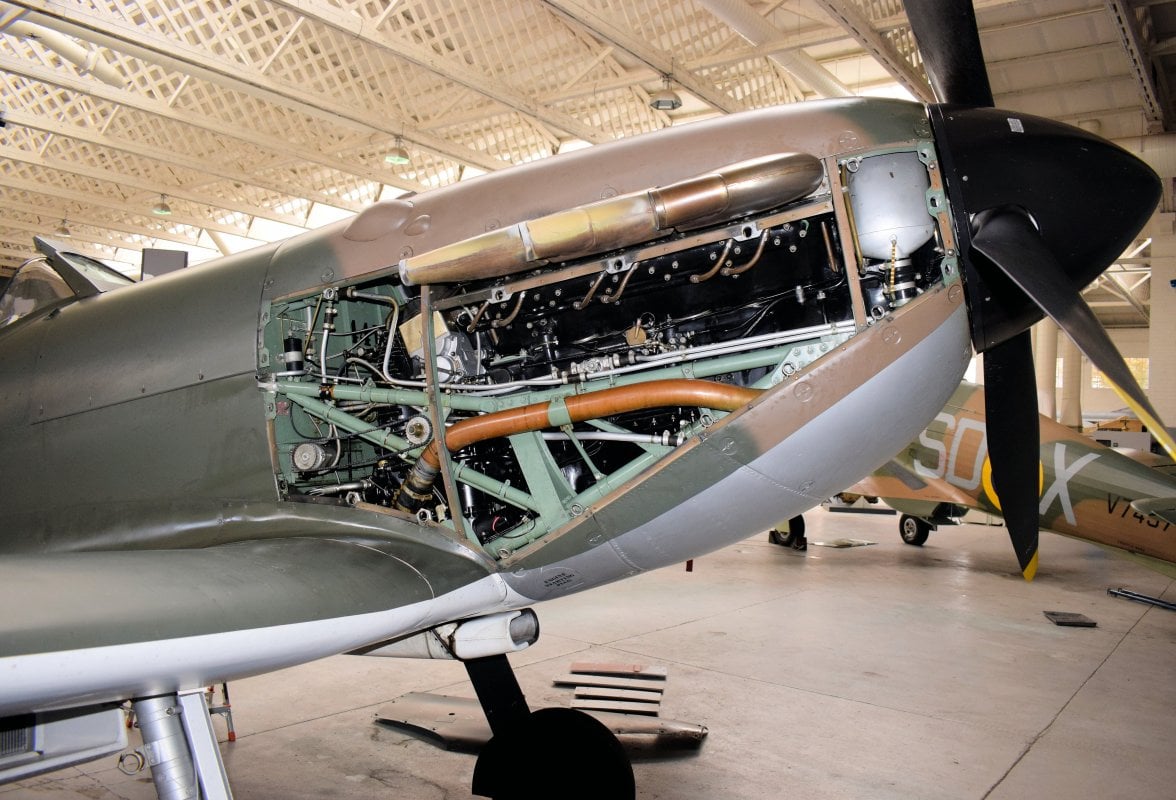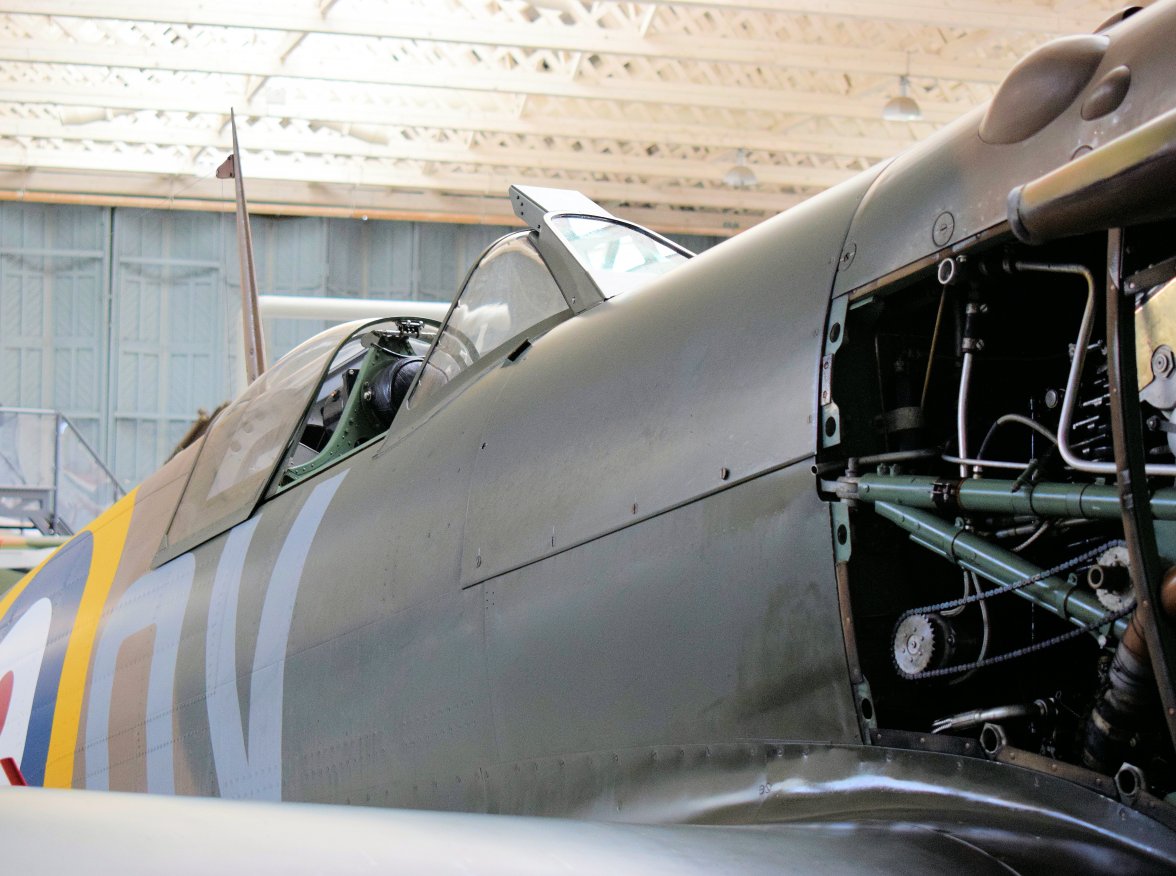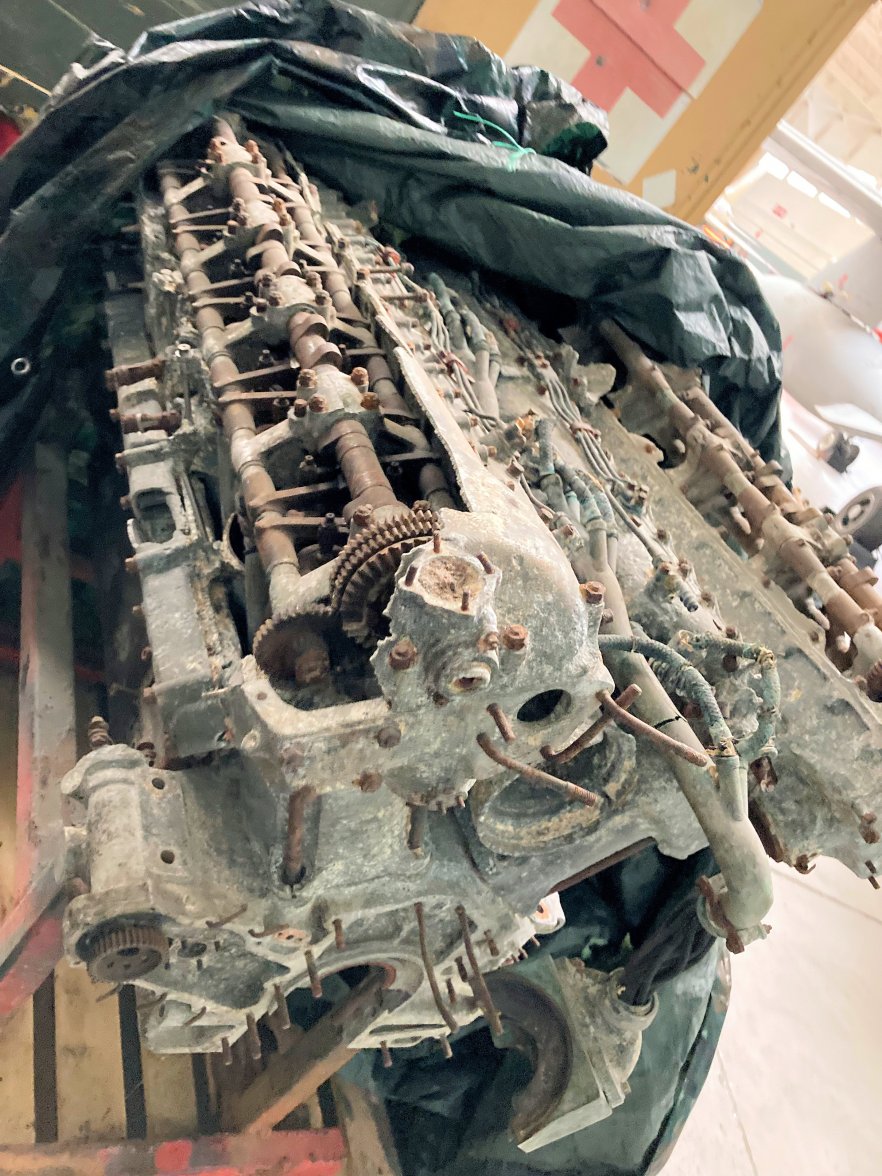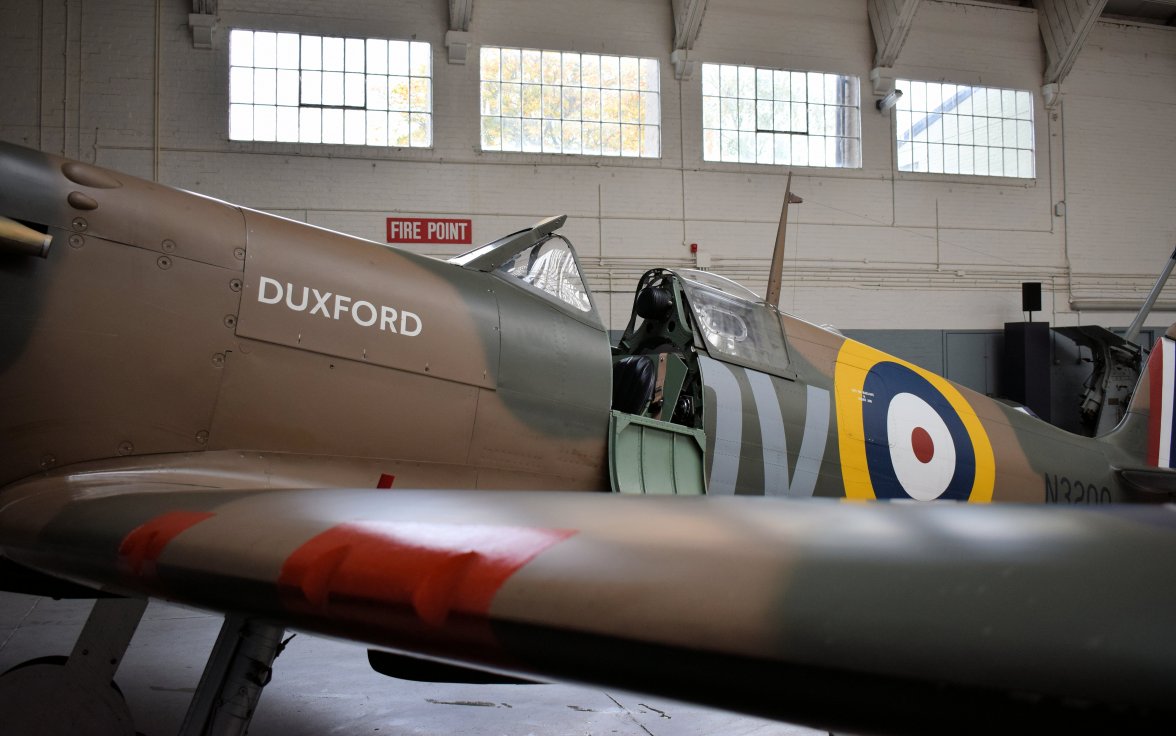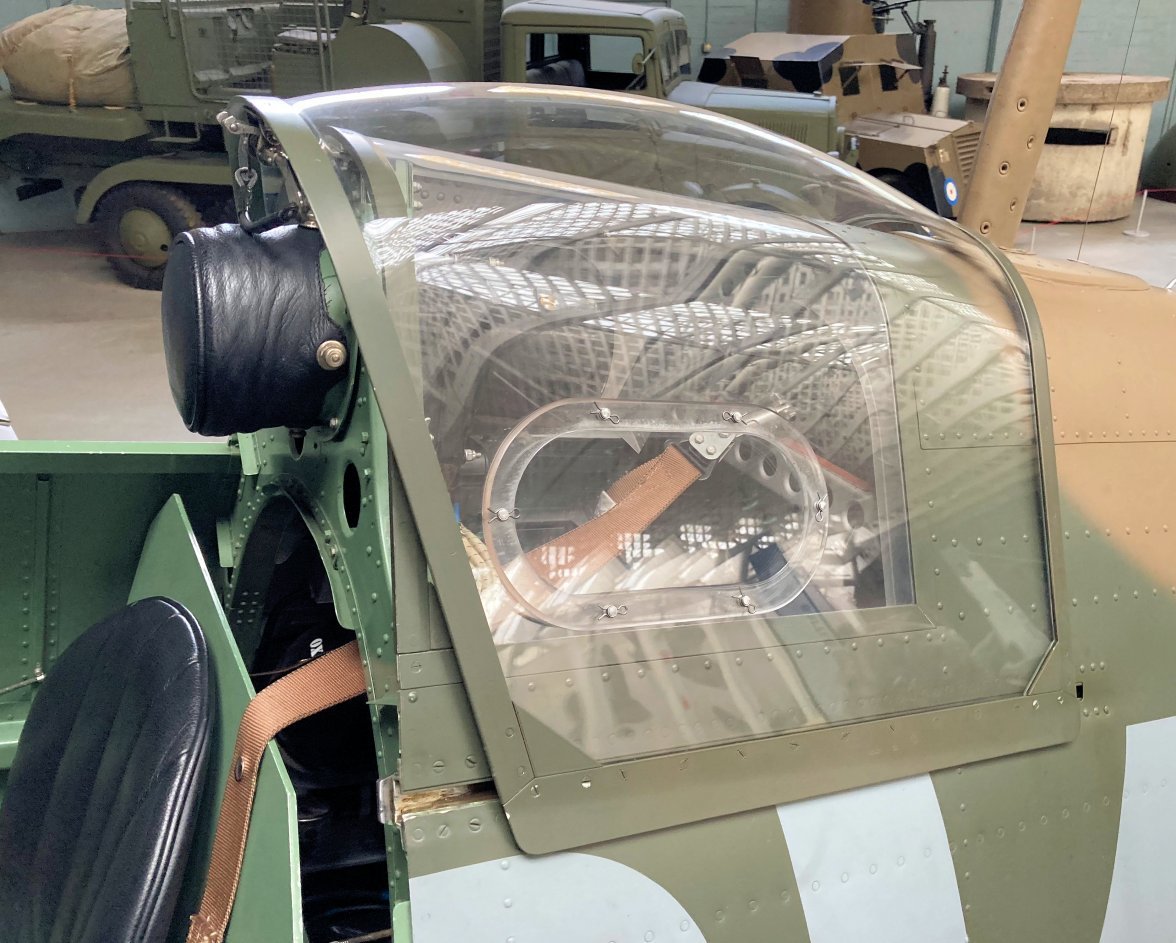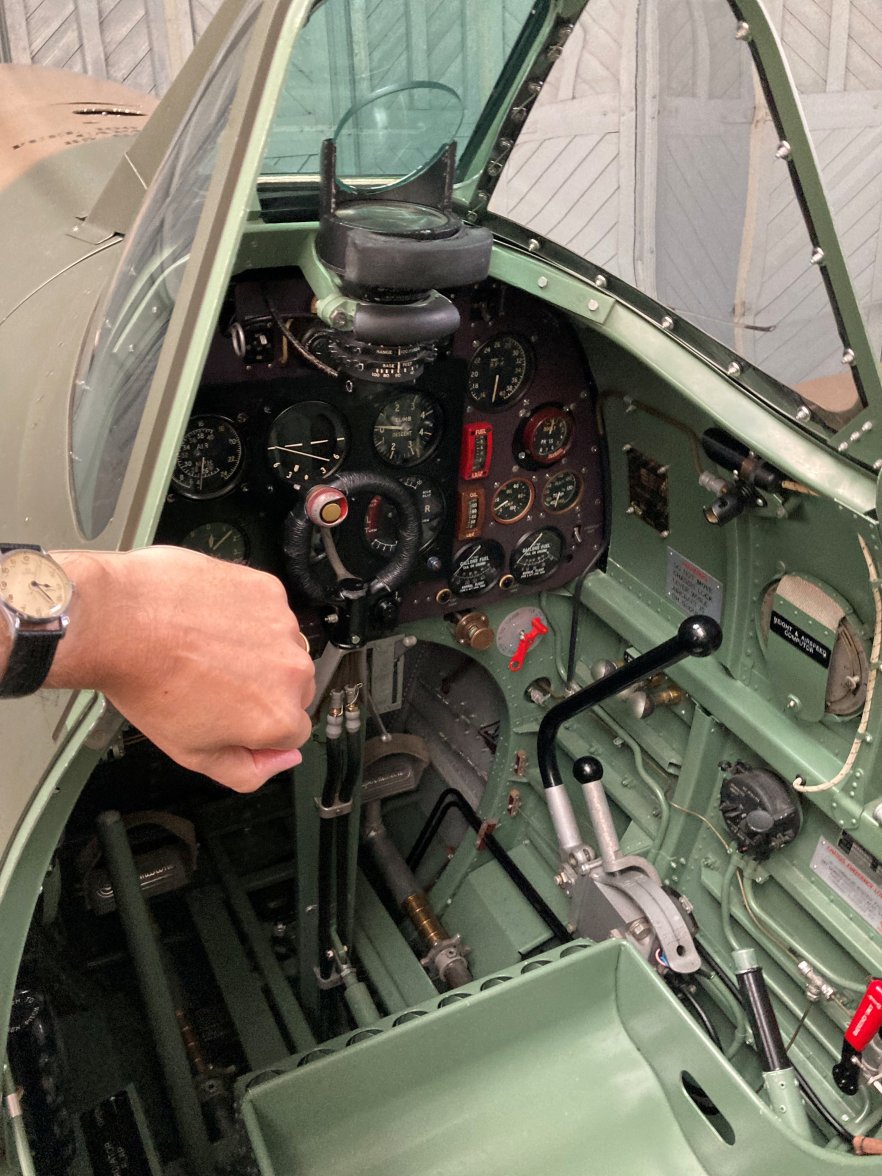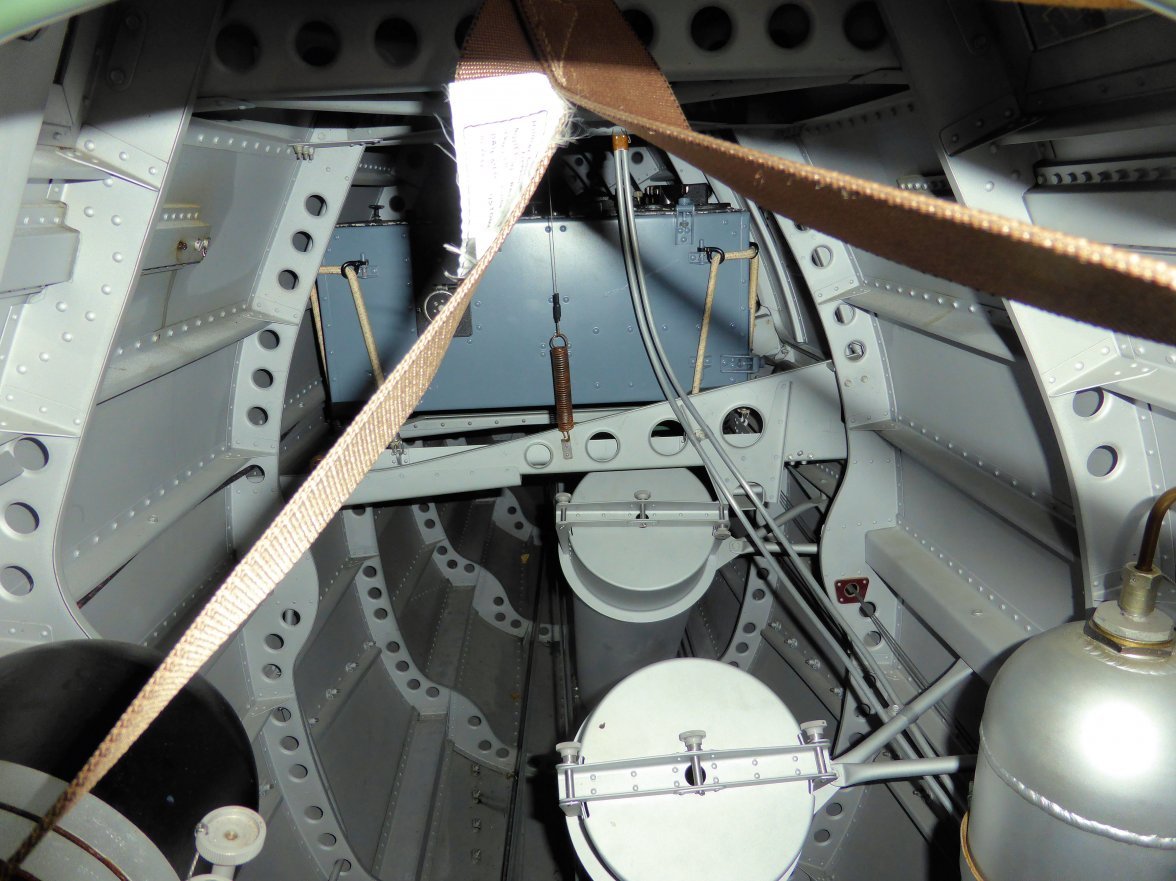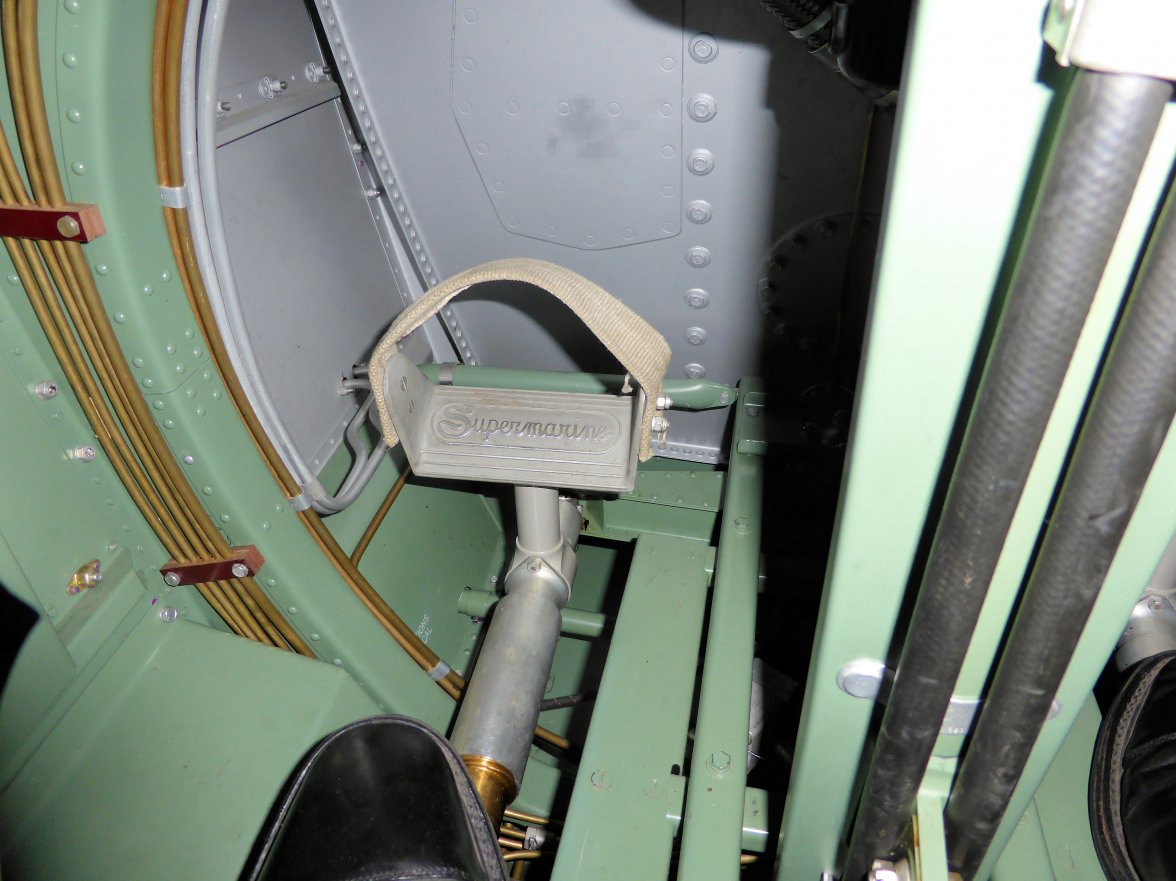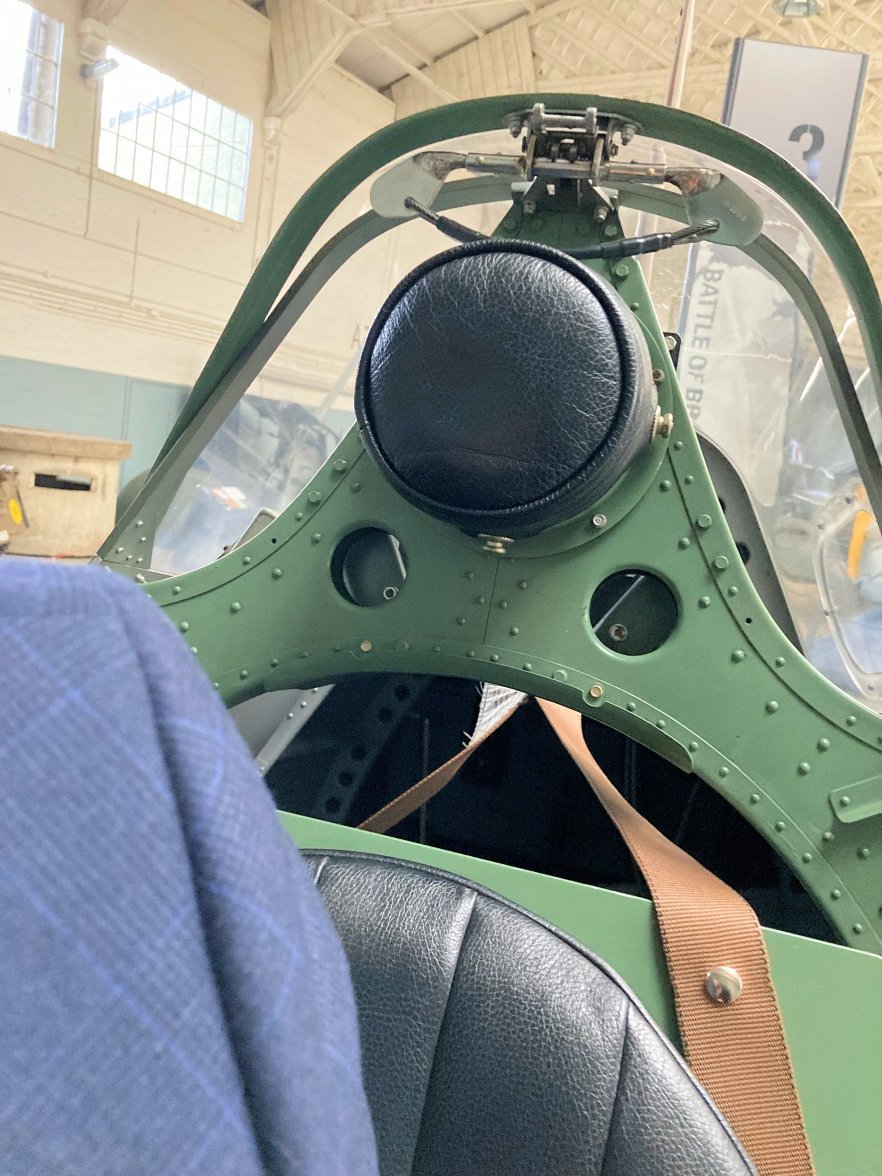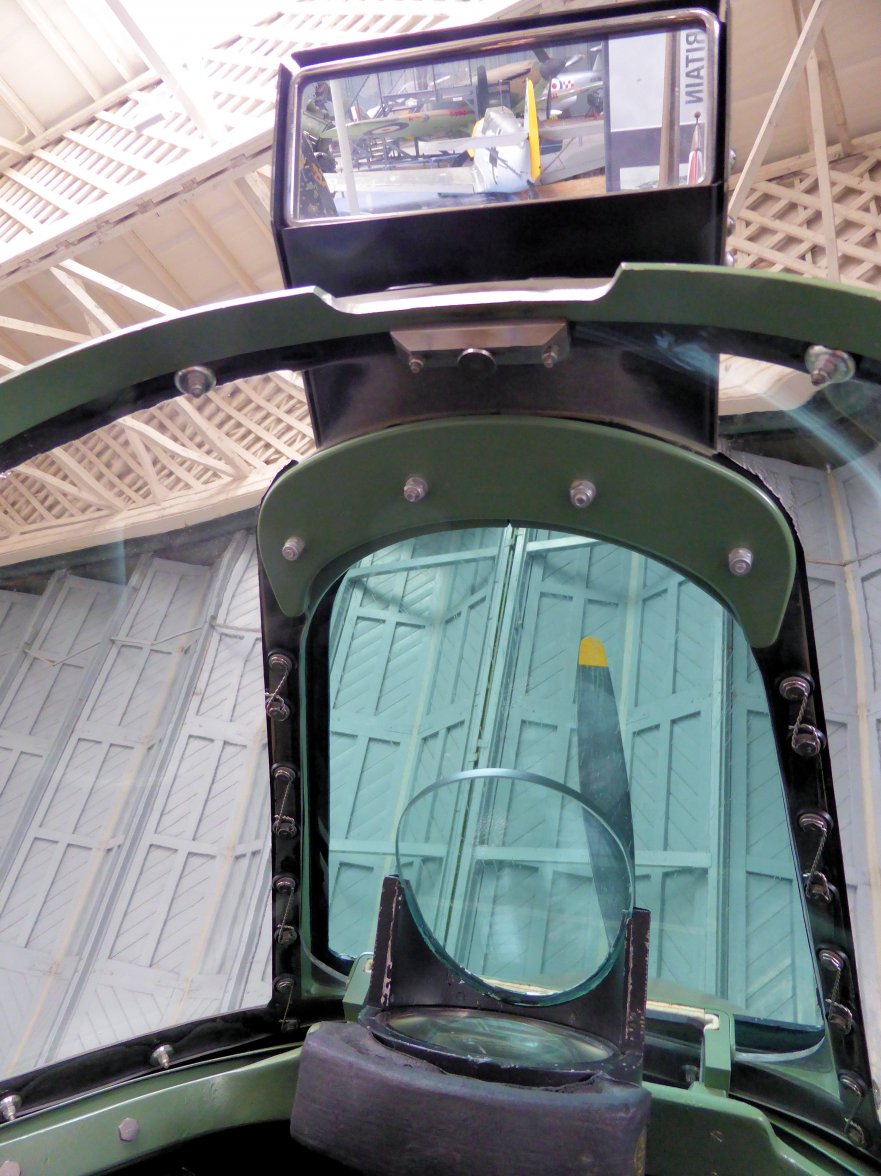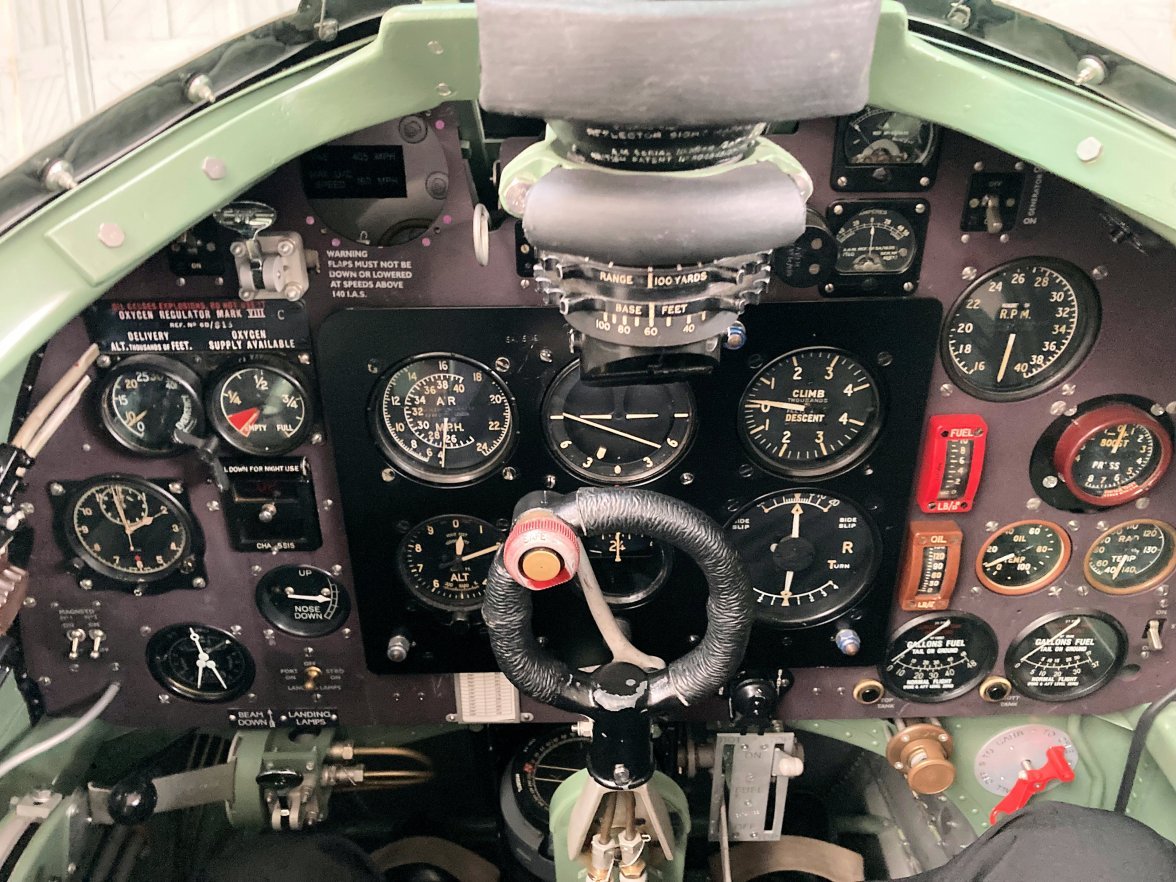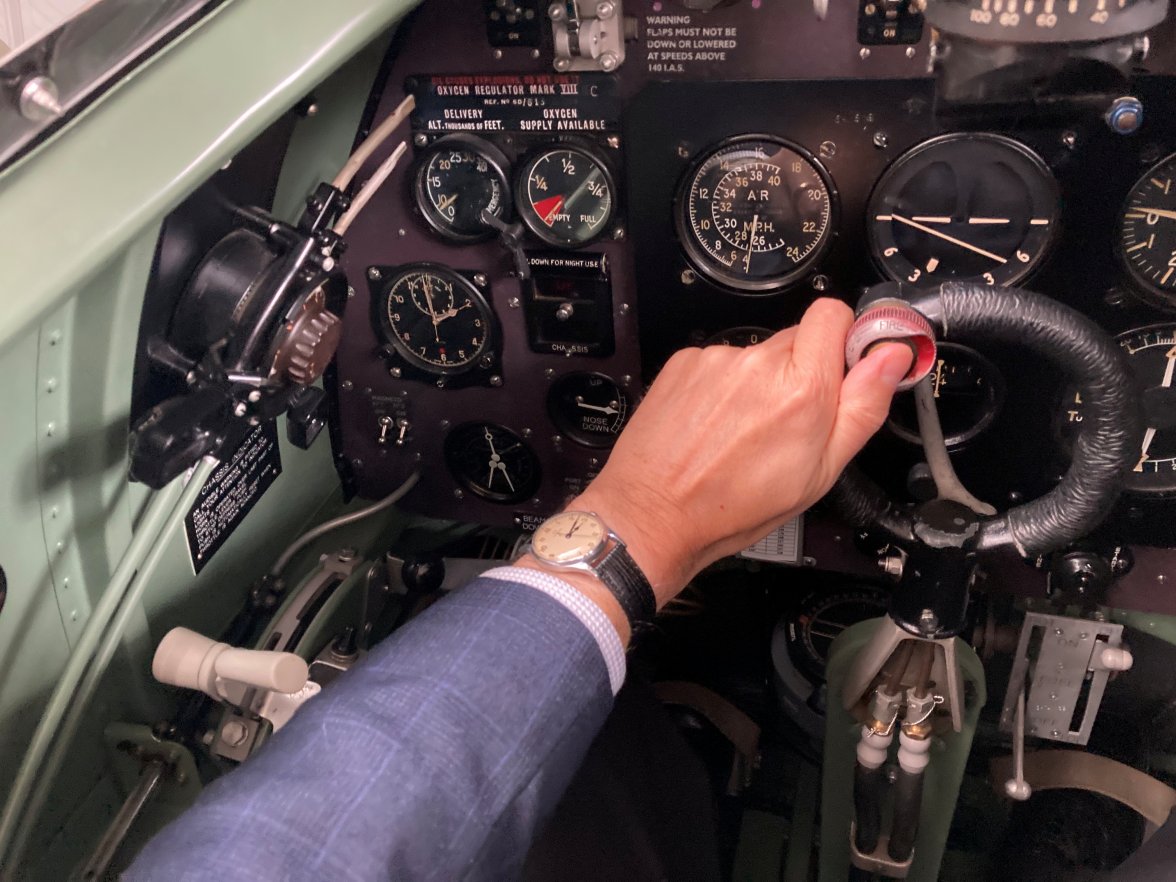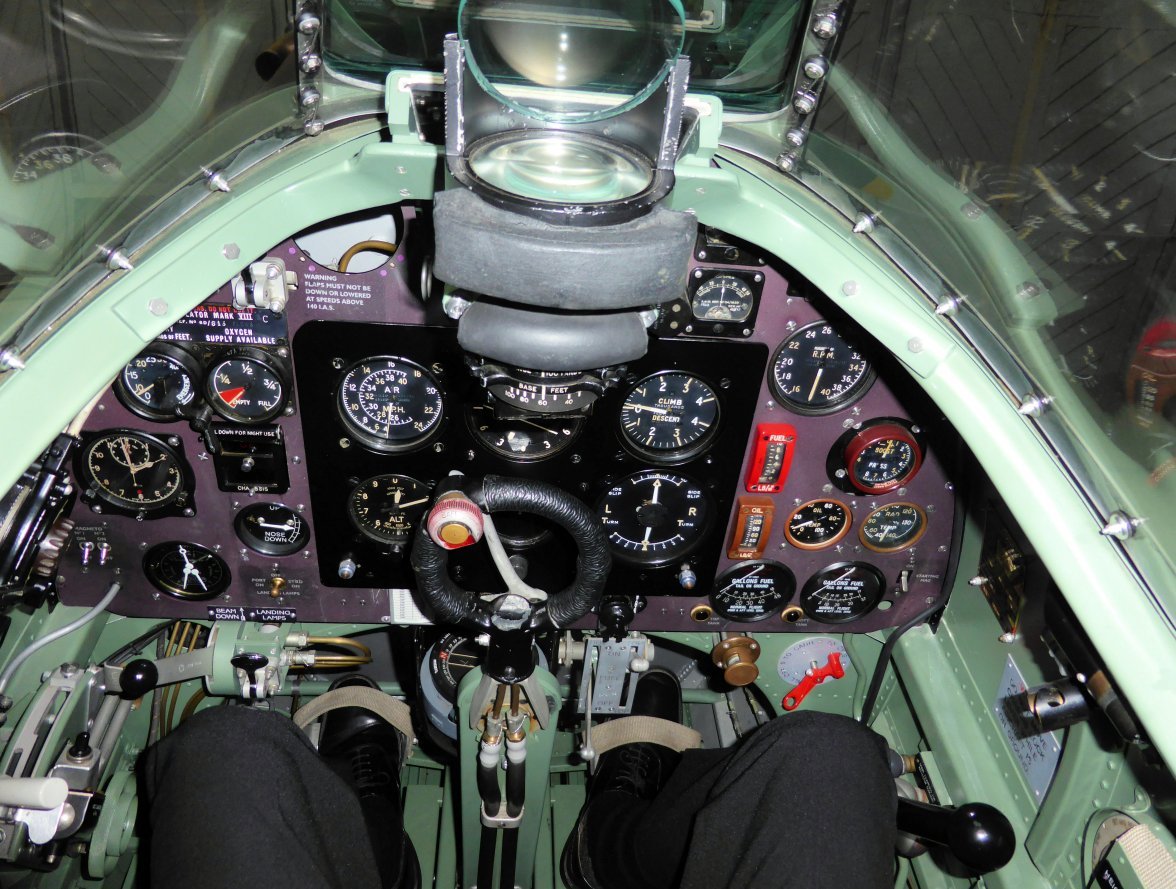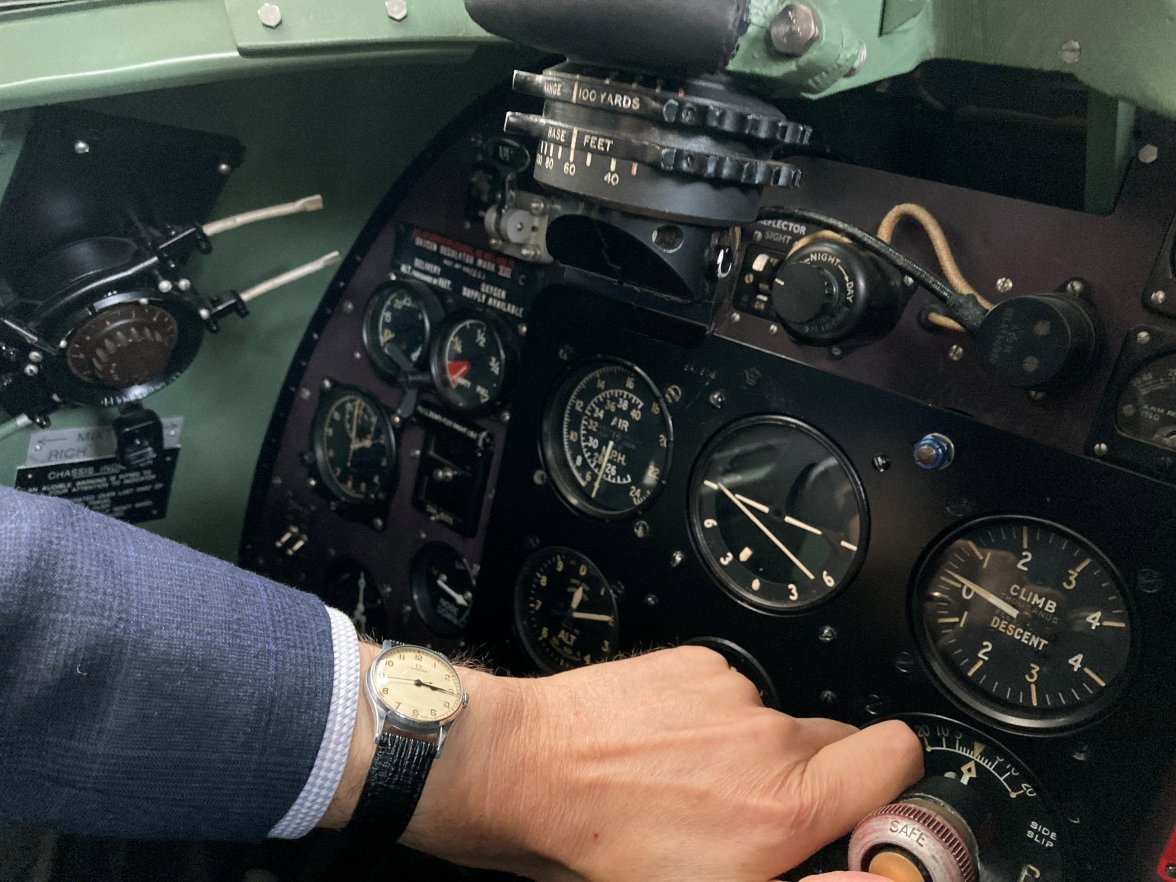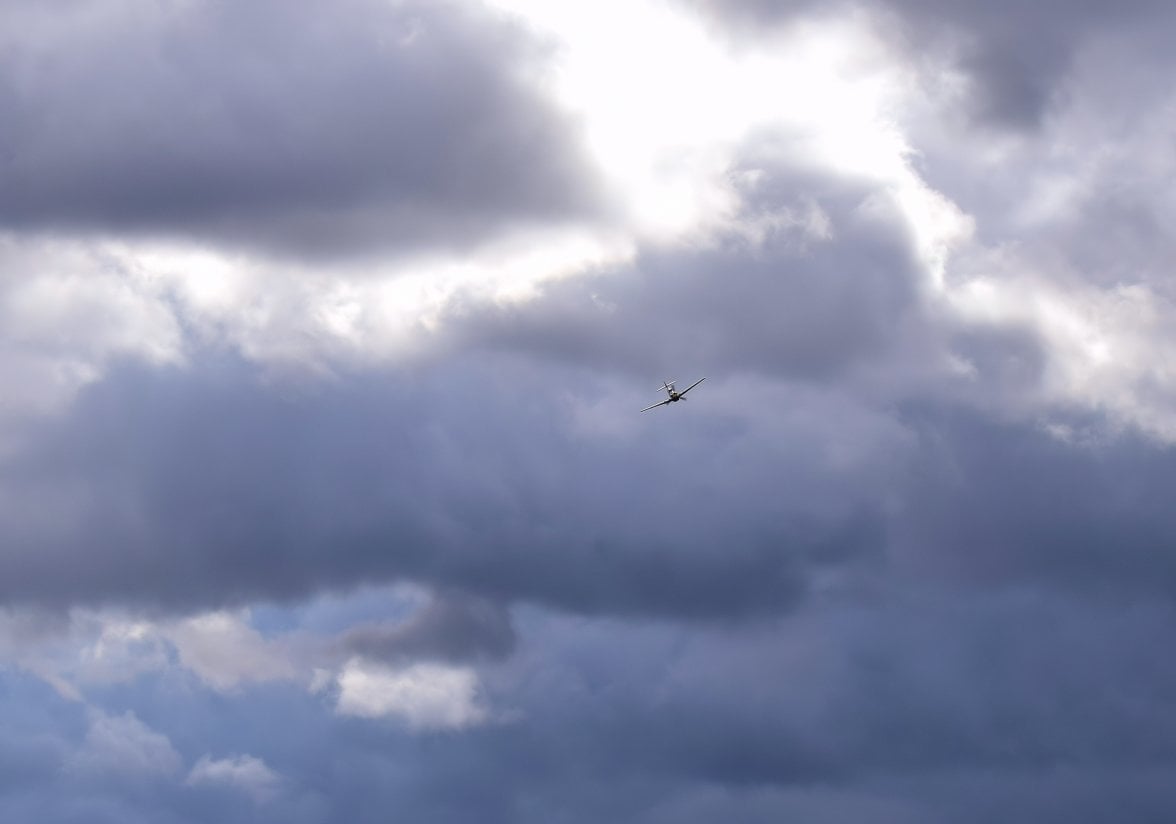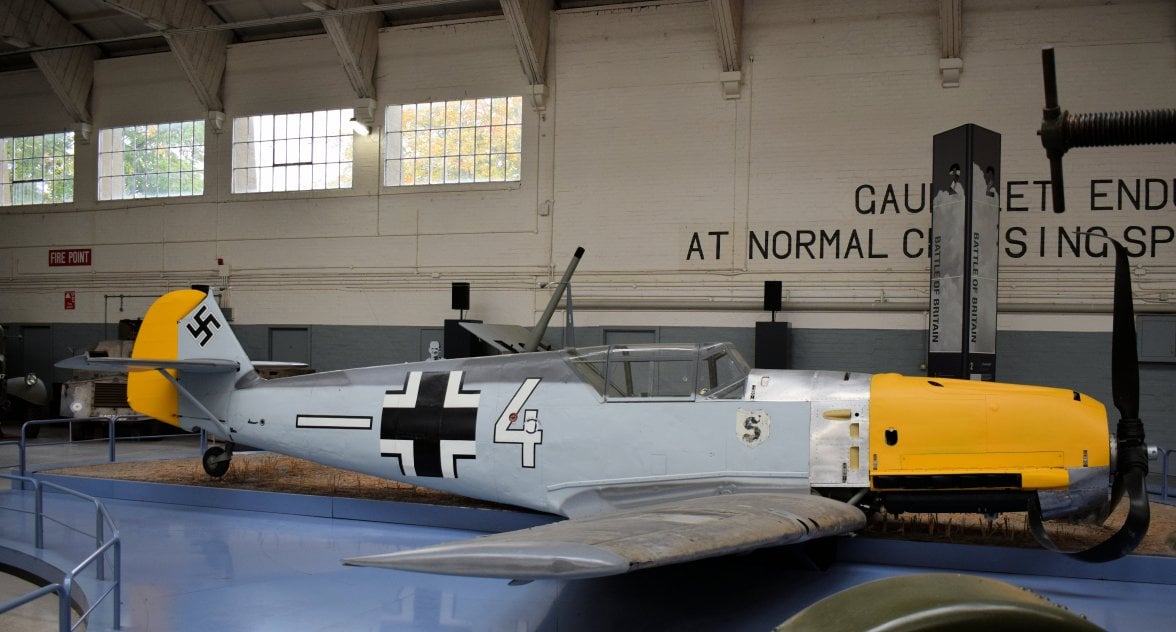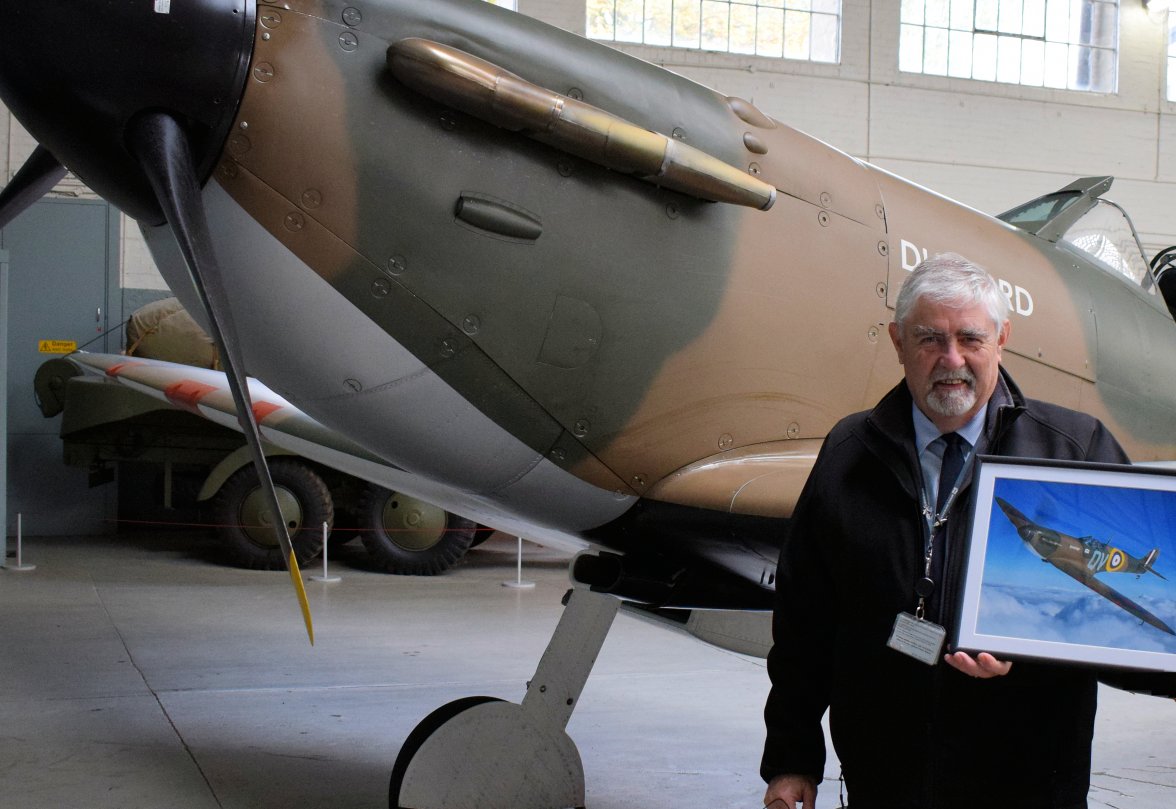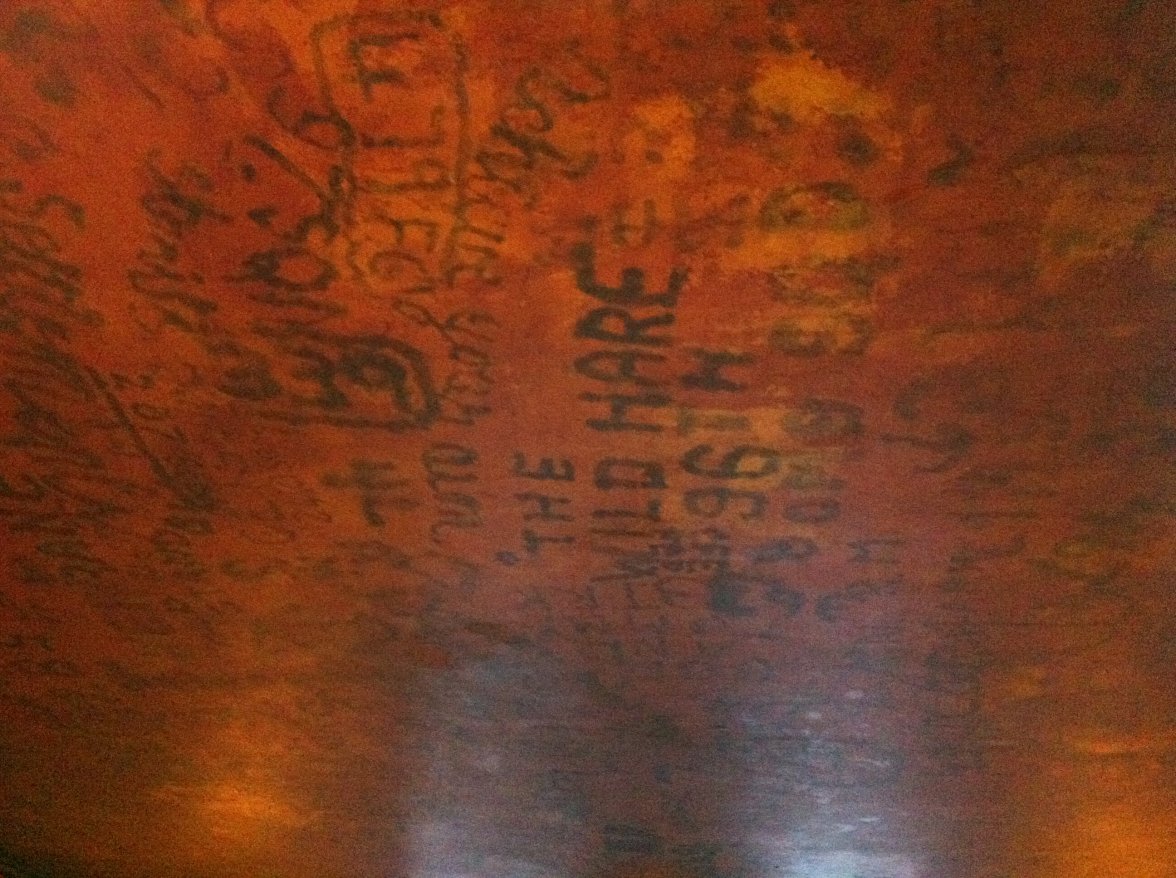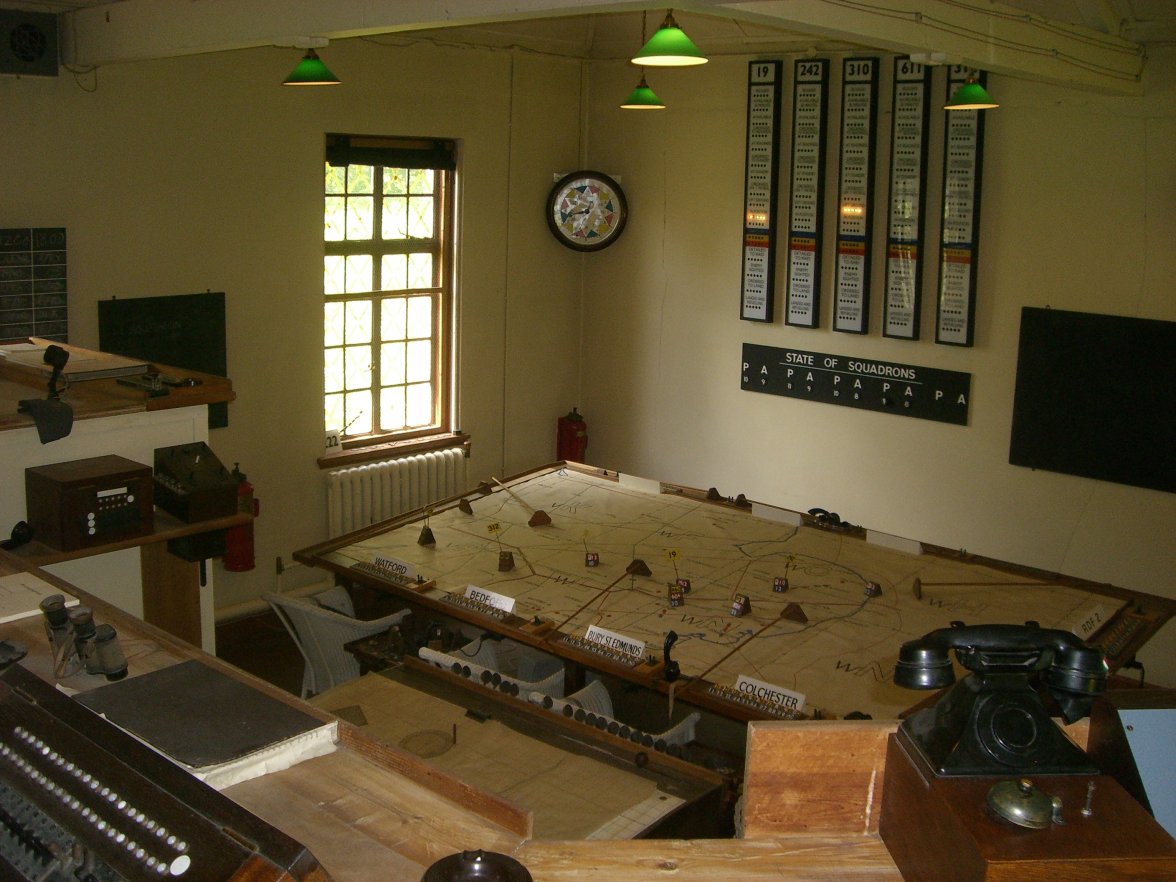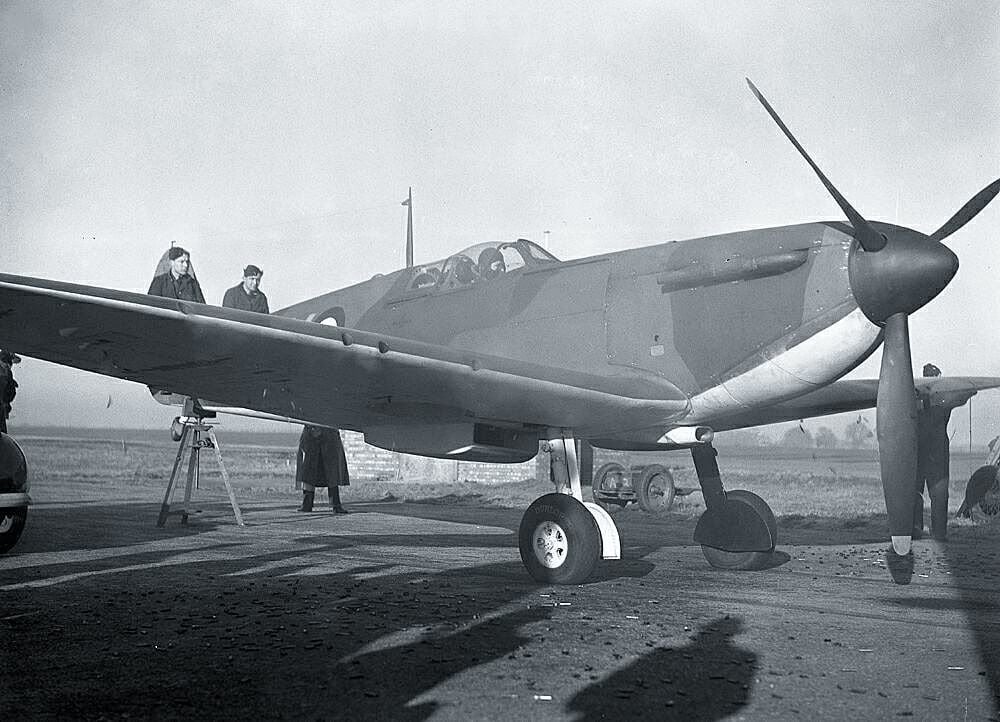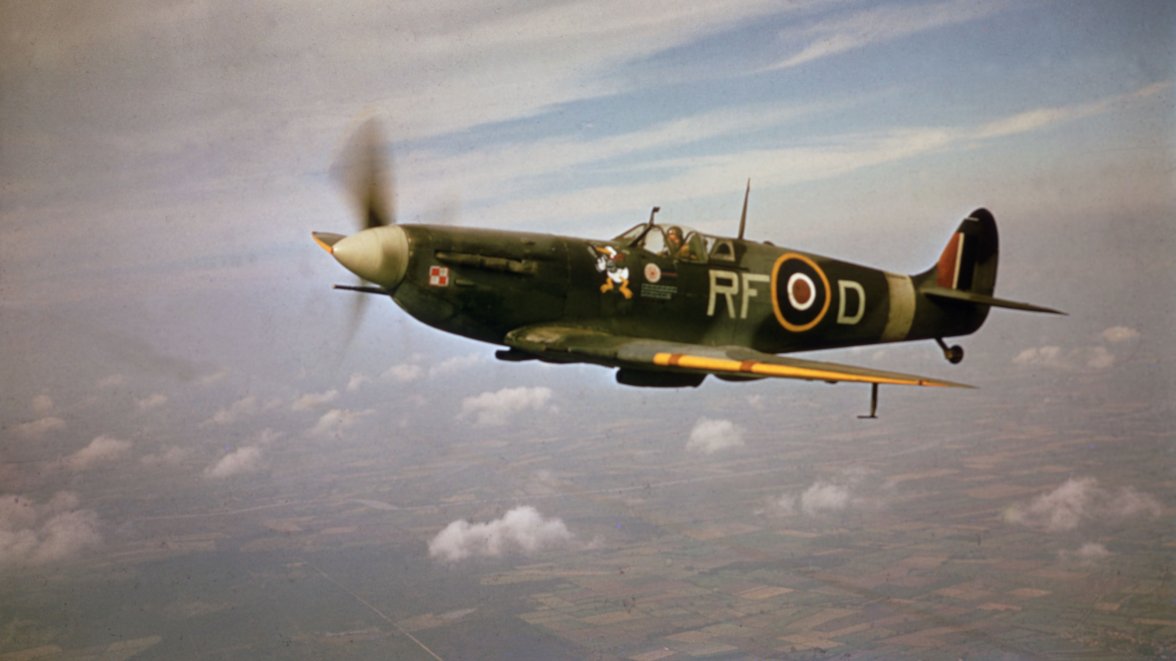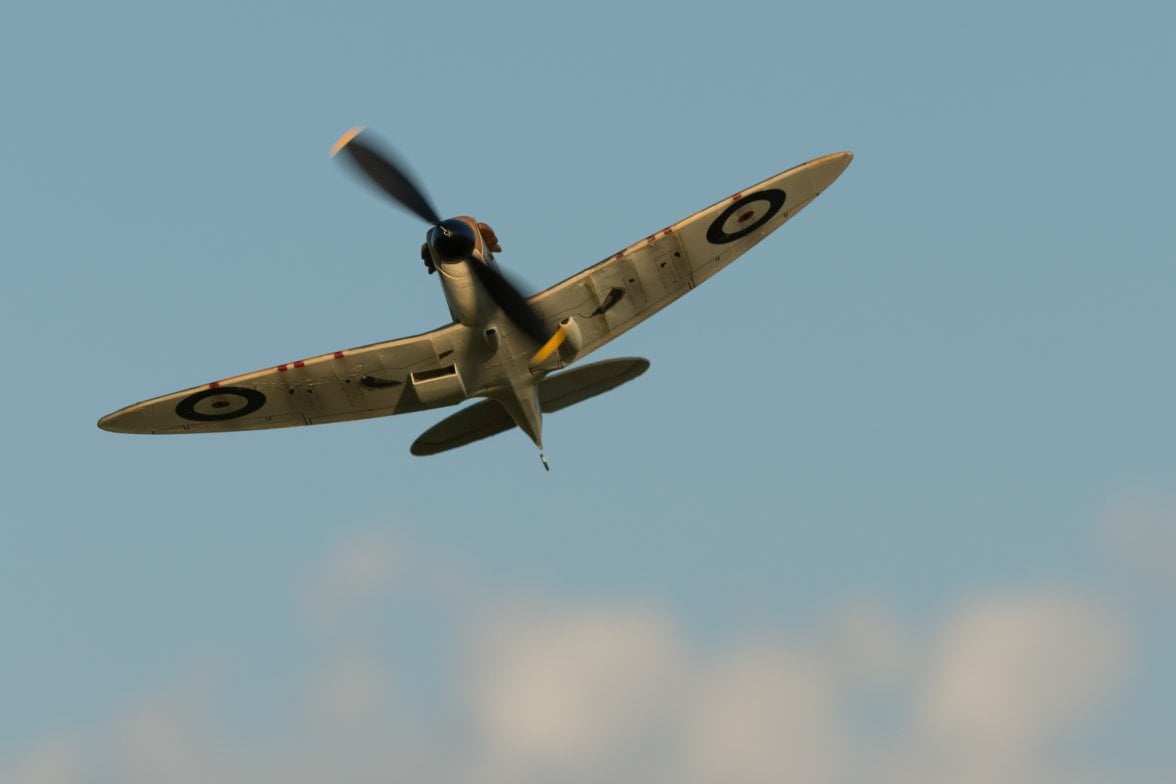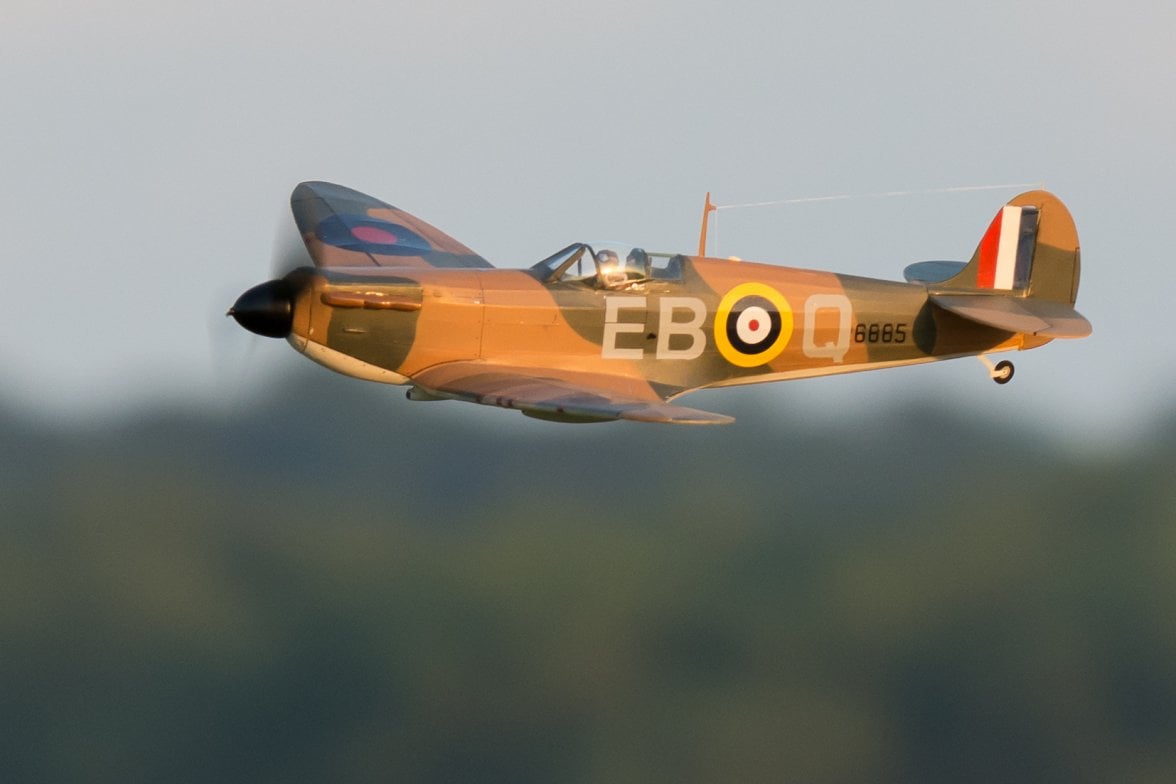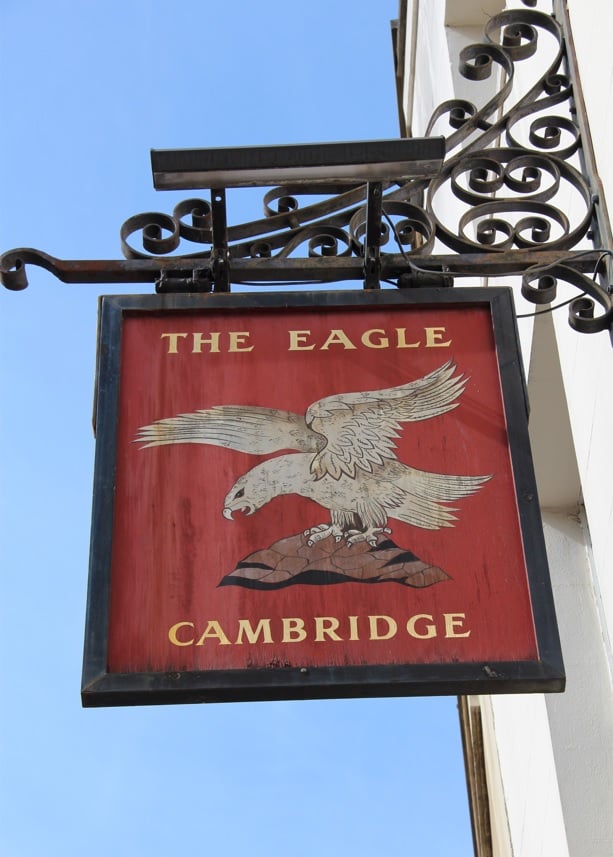Omegafanman
·Following on from the Mosquito (link below) along with my Omega UK2292 I was lucky enough to get up close and personal with The Imperial War Museums only flying exhibit, A Supermarine Spitfire Mark 1a which is based at Duxford in the actual hanger if flew from in 1940.
I was superbly hosted by Phil McGahan (last picture) a member of the 1000mph club from flyinging Lightnings as an RAF pilot and of course very knowledgeable.
Buried in a Calais beach for nearly 50 years the story of N3200 and its return to flight is amazing and well worth a read. The original recovered engine is also pictured below.
The Spitfire lost for almost 50 Years | Imperial War Museums (iwm.org.uk)
The red gear down flag indicators on the wings and the hand pump for raising the gear brought home the effort and focus these young men needed just to land and take off in these early variants. During the day a BF109 Hispano ‘’Messerschmitt’’ also put on a display which showed how hard it must have been to make and maintain visual contacts from the small claustrophobic cockpit. There is also not much between your feet and a large 85 gallon 100-Octane fuel tank.
It was very exciting and moving to get close to such an iconic and beautiful aircraft based at its original airfield.
One more plane to go……..
12/11/2021 update. Well, that is my mission complete with three iconic aircraft covered…. Although there might now be a fourth and if anyone might be interested in a very good value UK based warbird flight this year drop me a PM.
https://omegaforums.net/threads/6b-159-squadron---the-mosquito---photo-heavy.137584/
https://omegaforums.net/threads/6b-159-squadron---the-lancaster---photo-heavy.138662/
.
I was superbly hosted by Phil McGahan (last picture) a member of the 1000mph club from flyinging Lightnings as an RAF pilot and of course very knowledgeable.
Buried in a Calais beach for nearly 50 years the story of N3200 and its return to flight is amazing and well worth a read. The original recovered engine is also pictured below.
The Spitfire lost for almost 50 Years | Imperial War Museums (iwm.org.uk)
The red gear down flag indicators on the wings and the hand pump for raising the gear brought home the effort and focus these young men needed just to land and take off in these early variants. During the day a BF109 Hispano ‘’Messerschmitt’’ also put on a display which showed how hard it must have been to make and maintain visual contacts from the small claustrophobic cockpit. There is also not much between your feet and a large 85 gallon 100-Octane fuel tank.
It was very exciting and moving to get close to such an iconic and beautiful aircraft based at its original airfield.
One more plane to go……..
12/11/2021 update. Well, that is my mission complete with three iconic aircraft covered…. Although there might now be a fourth and if anyone might be interested in a very good value UK based warbird flight this year drop me a PM.
https://omegaforums.net/threads/6b-159-squadron---the-mosquito---photo-heavy.137584/
https://omegaforums.net/threads/6b-159-squadron---the-lancaster---photo-heavy.138662/
.
Edited:
